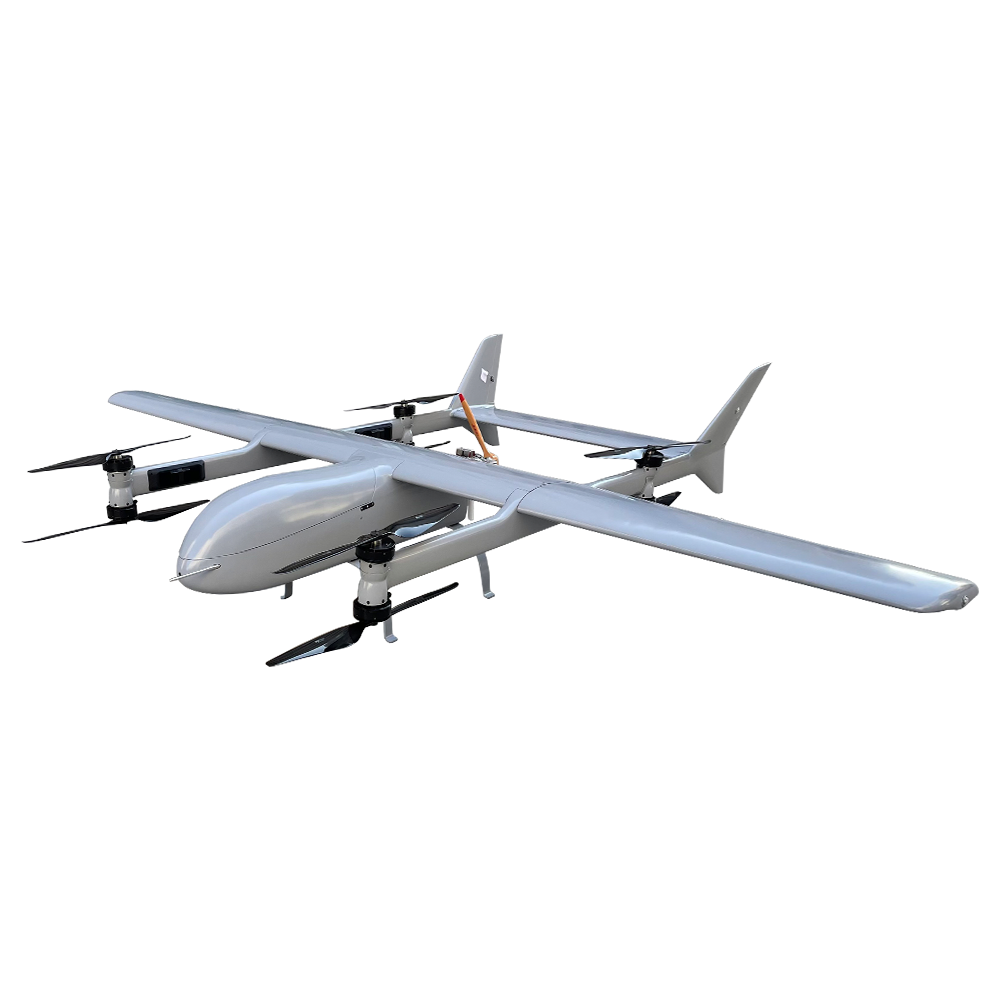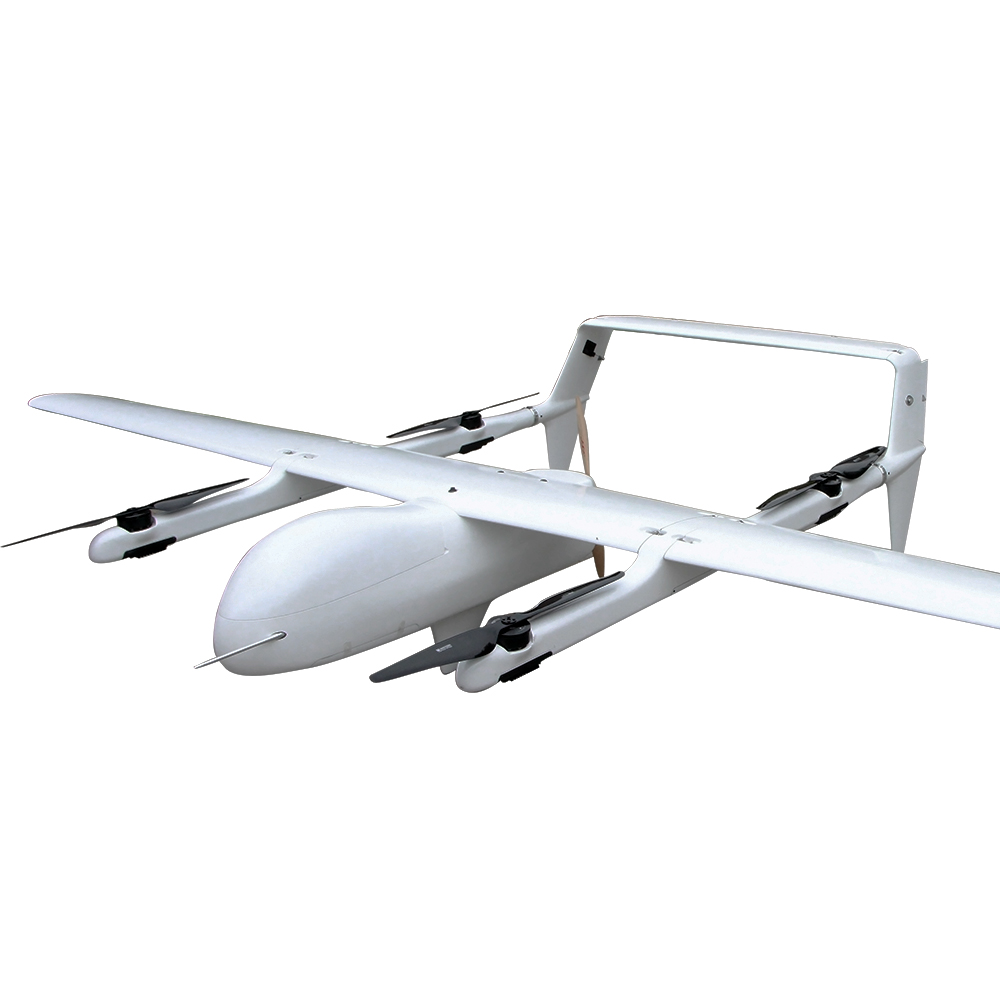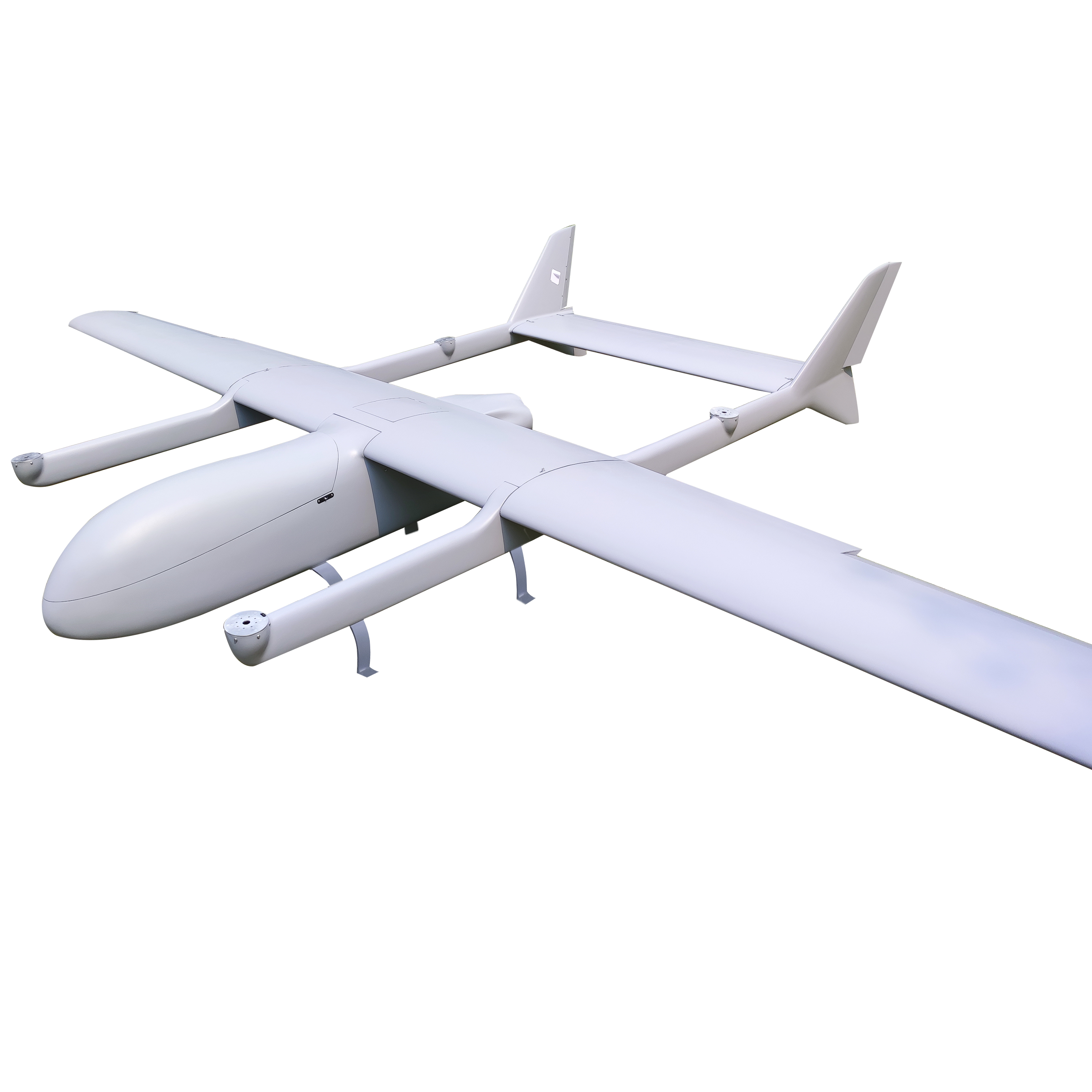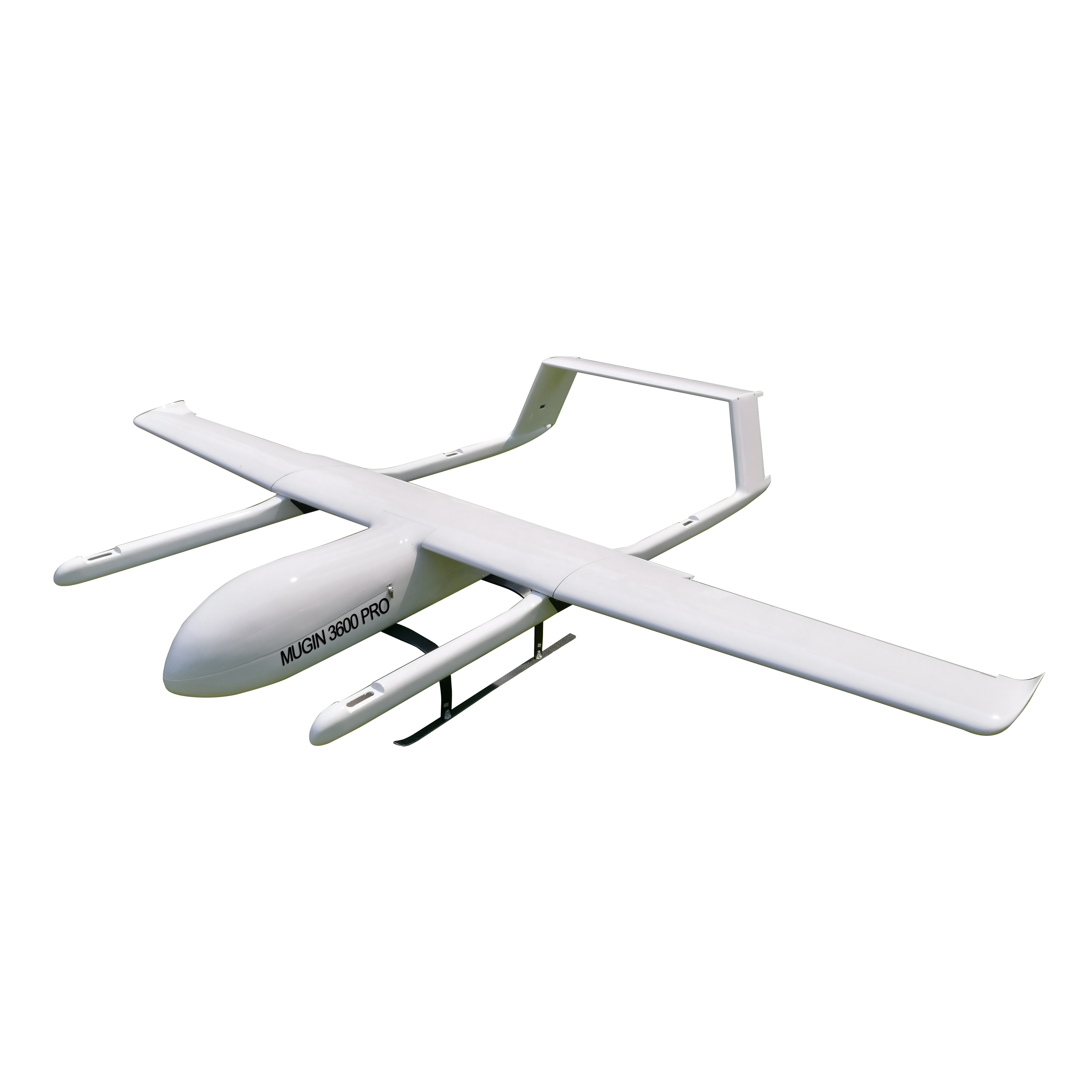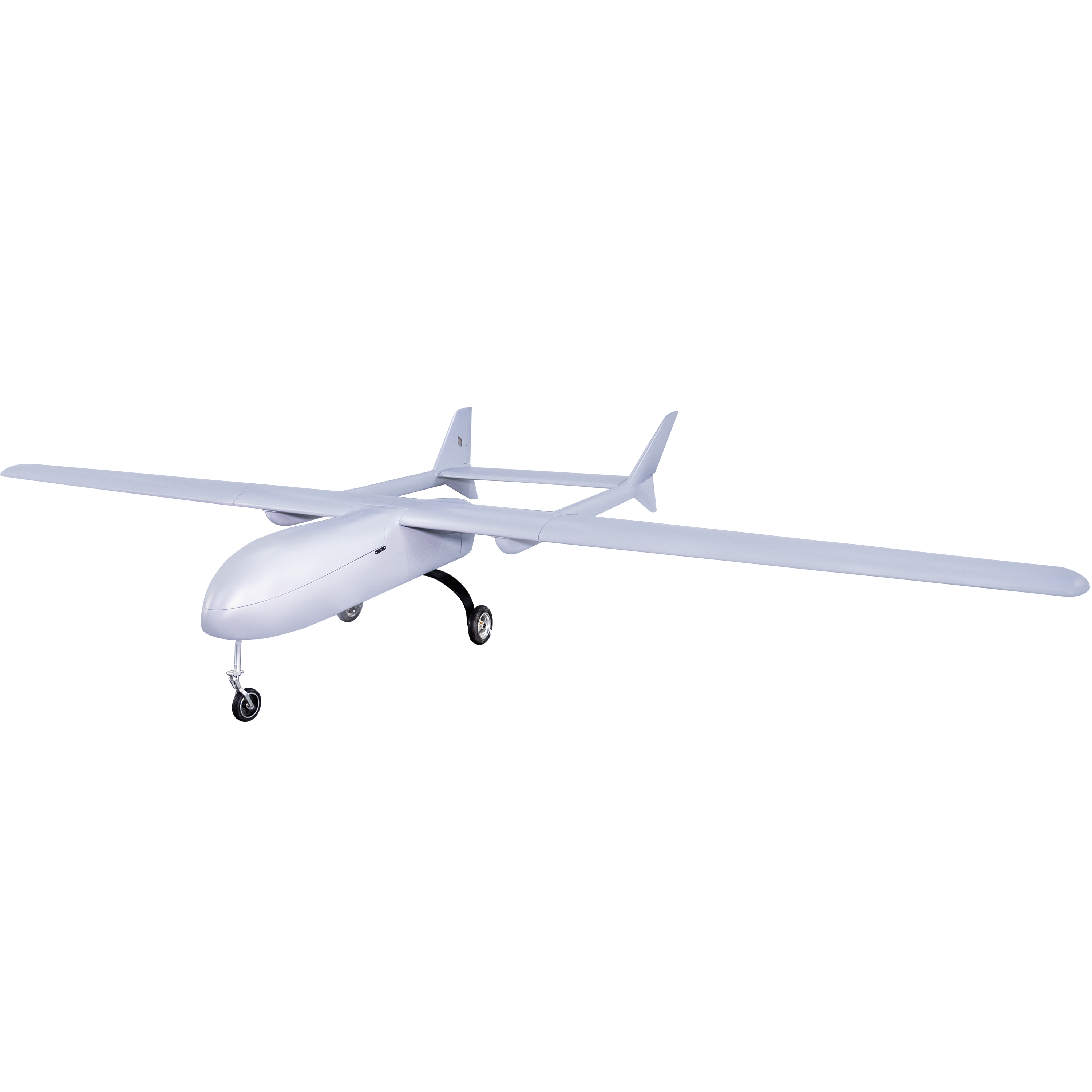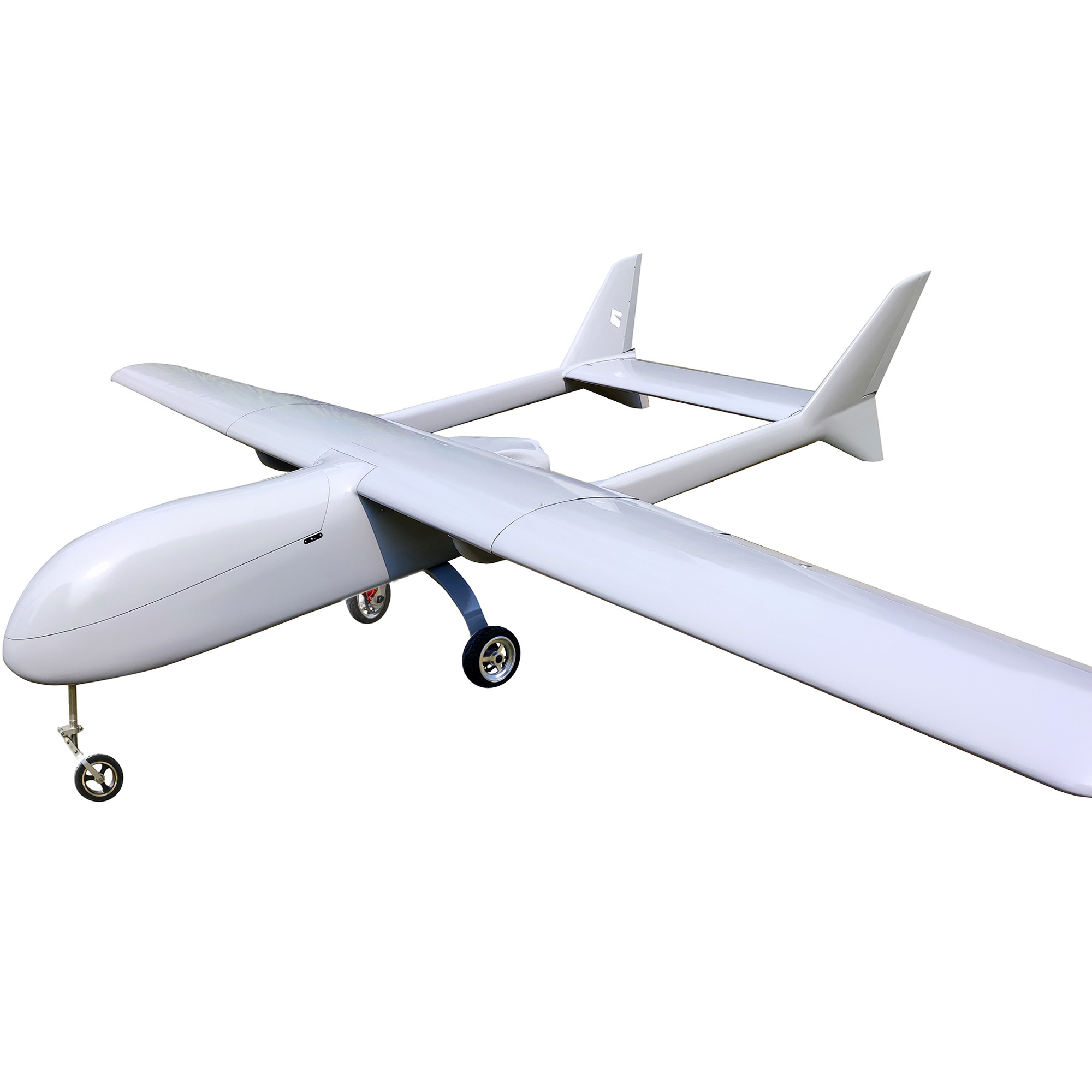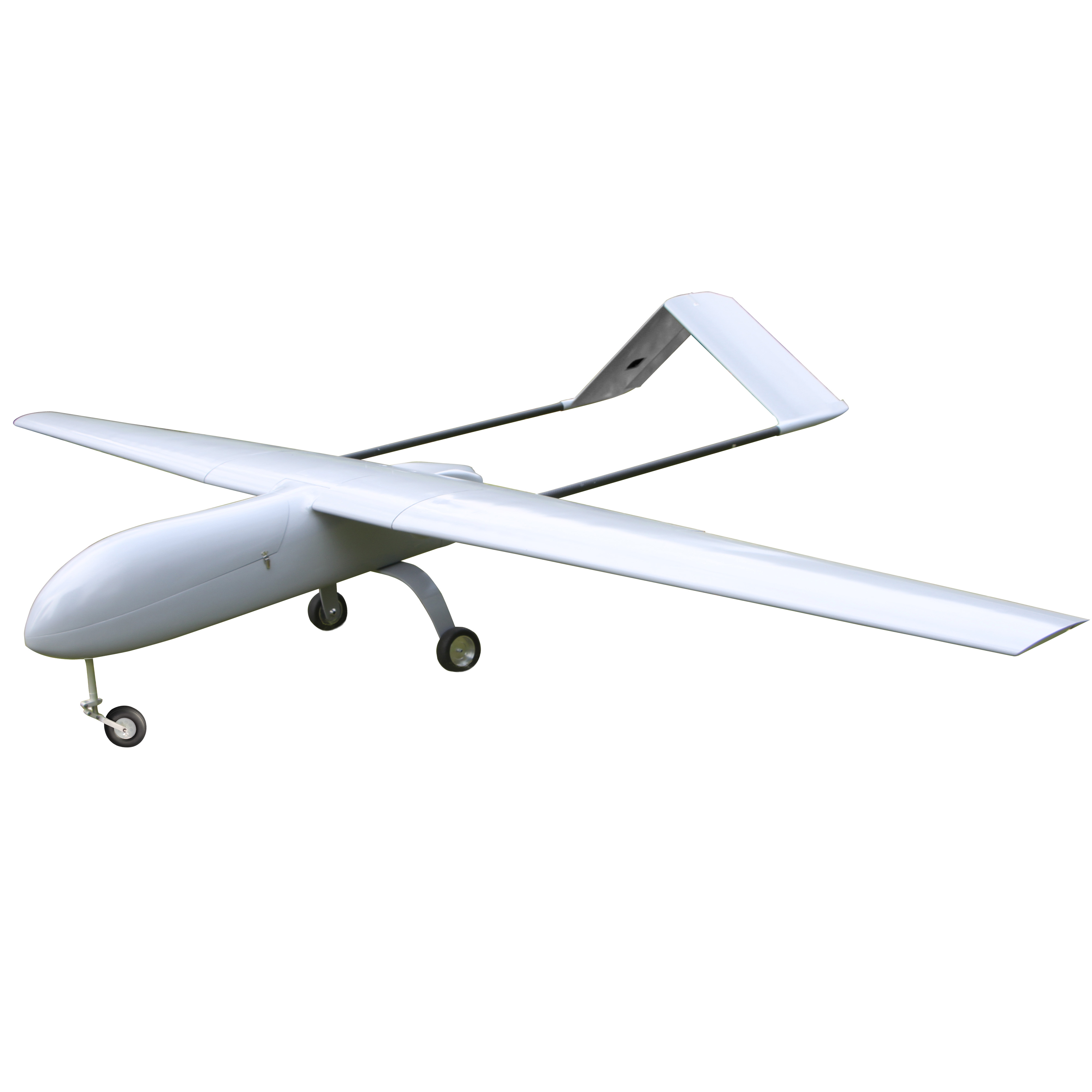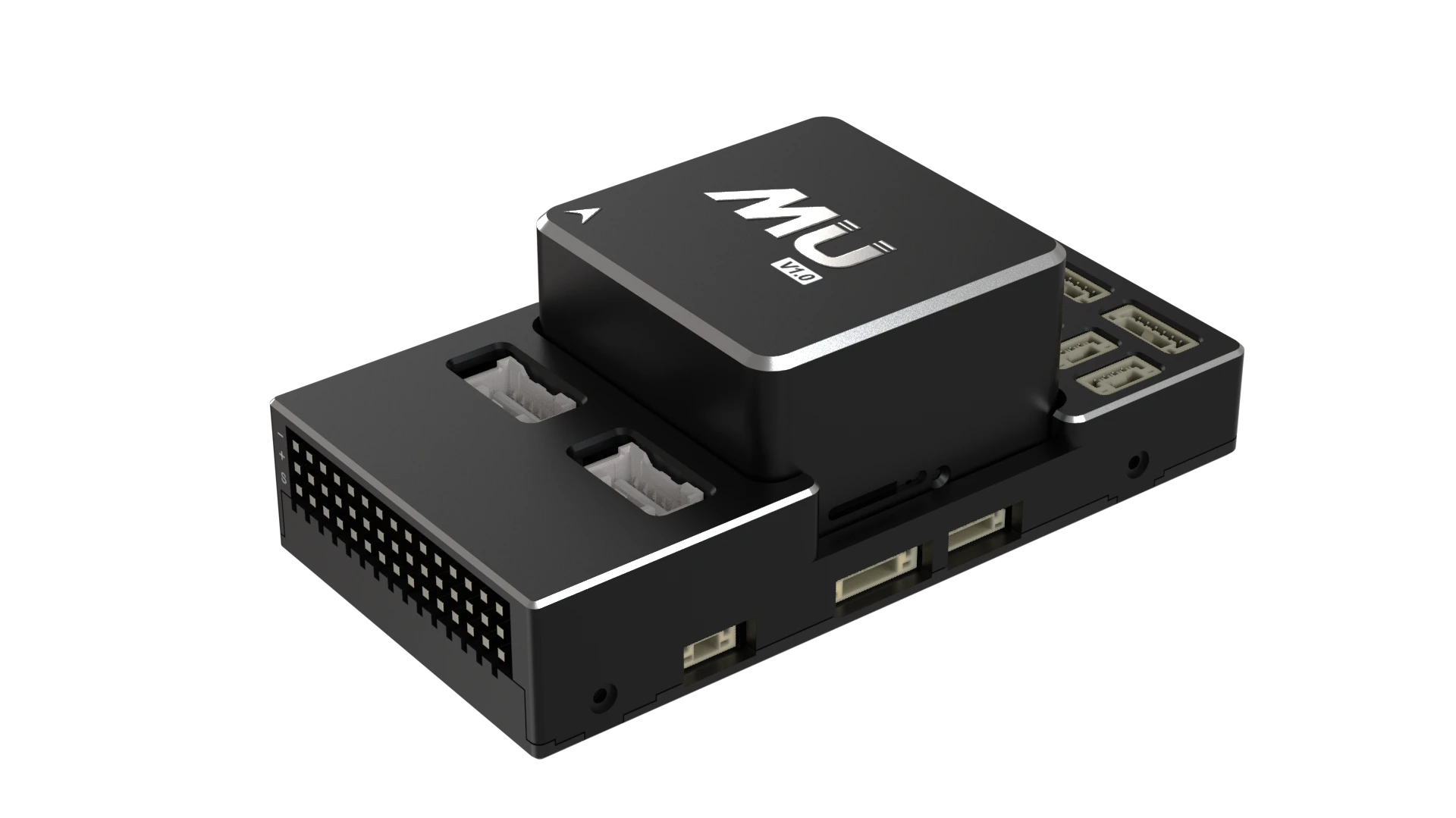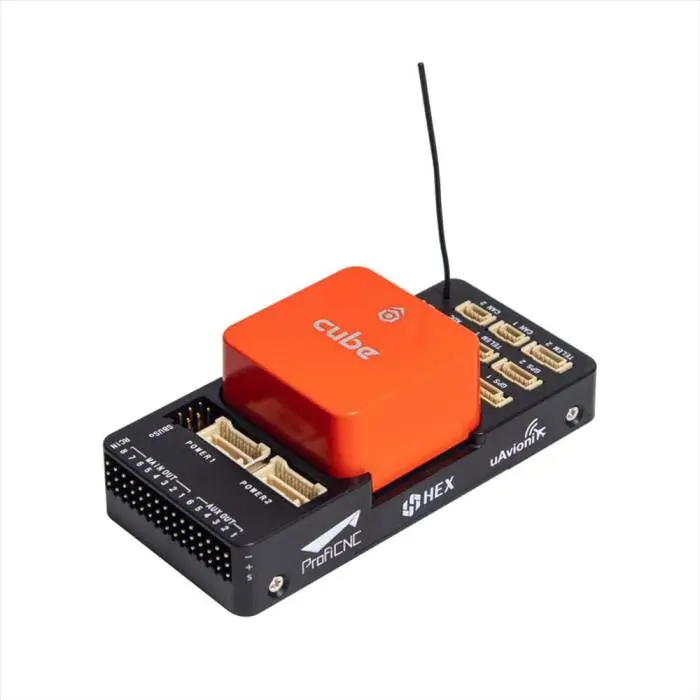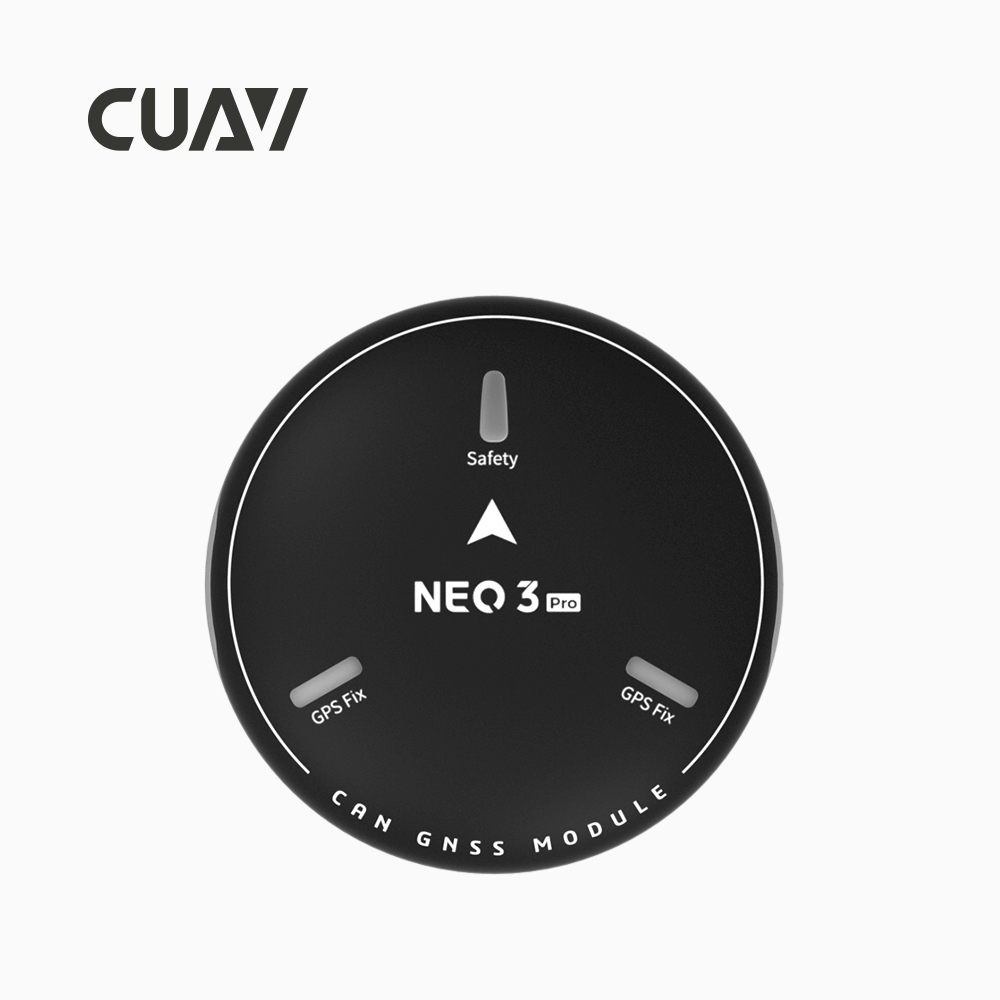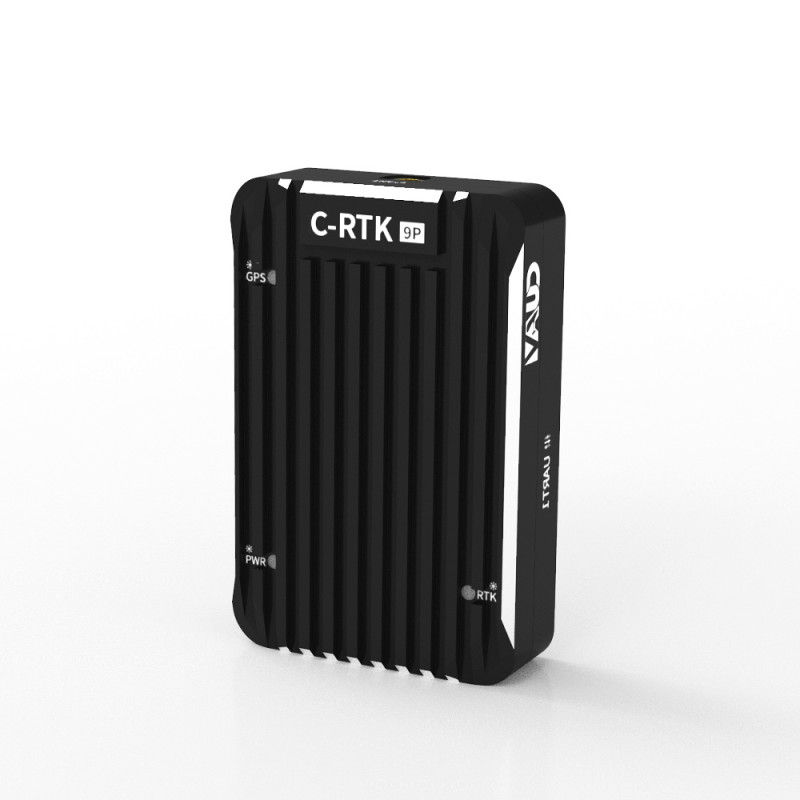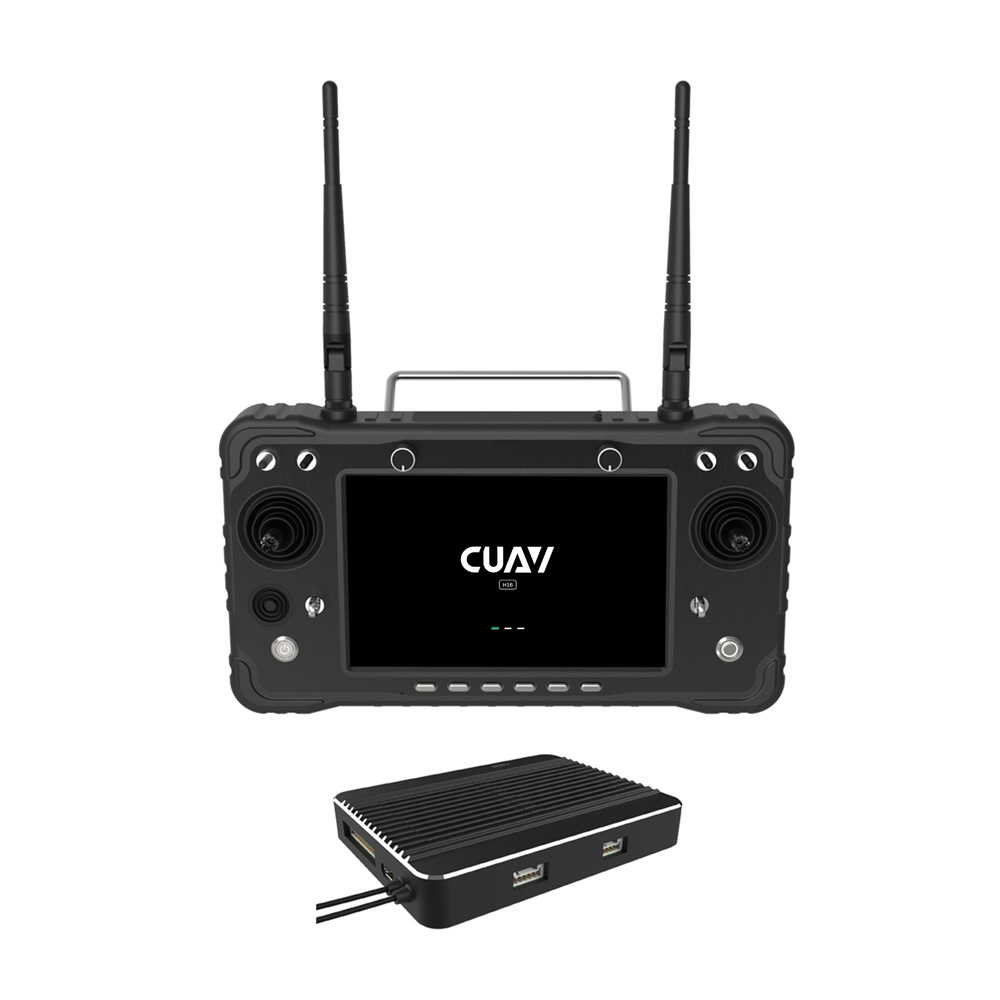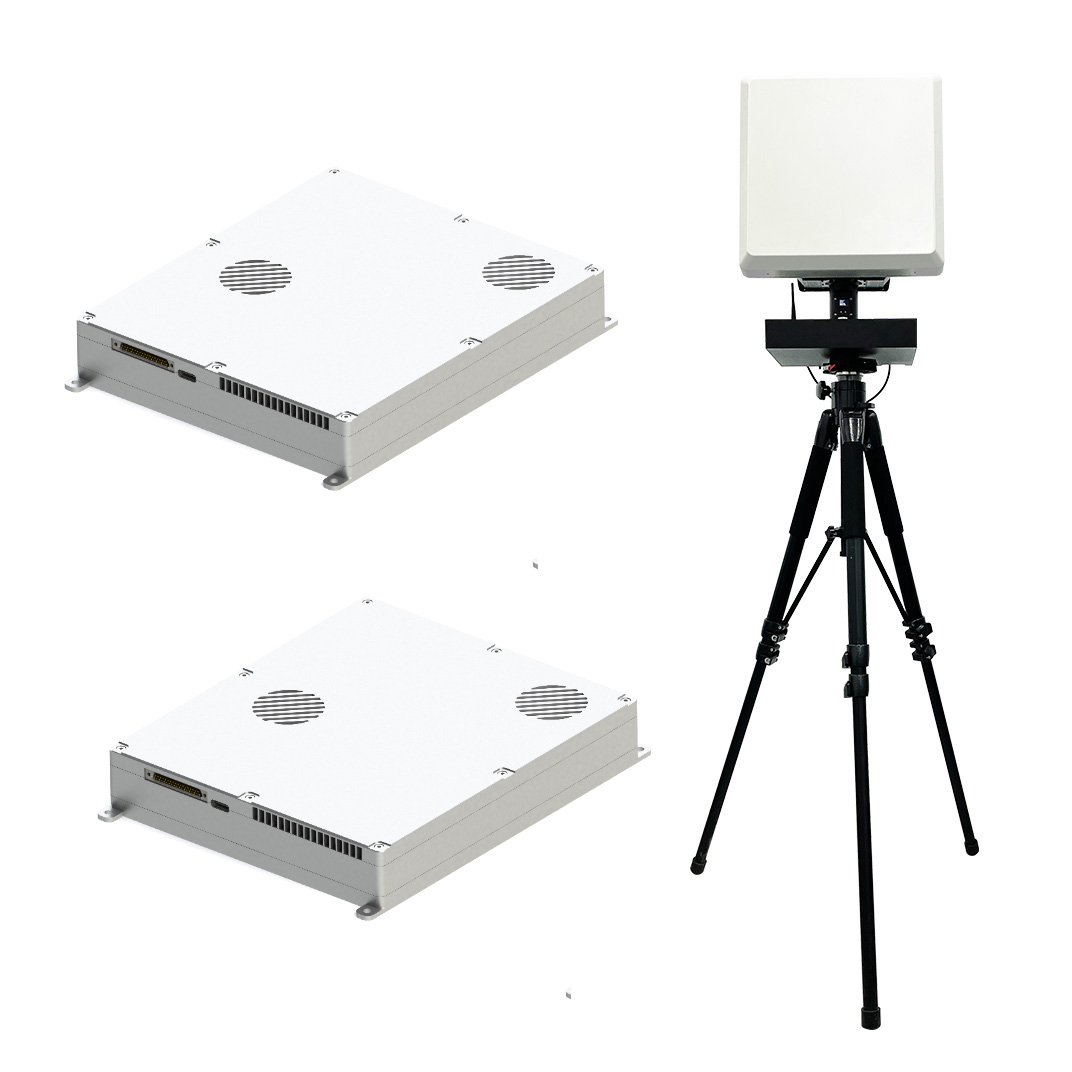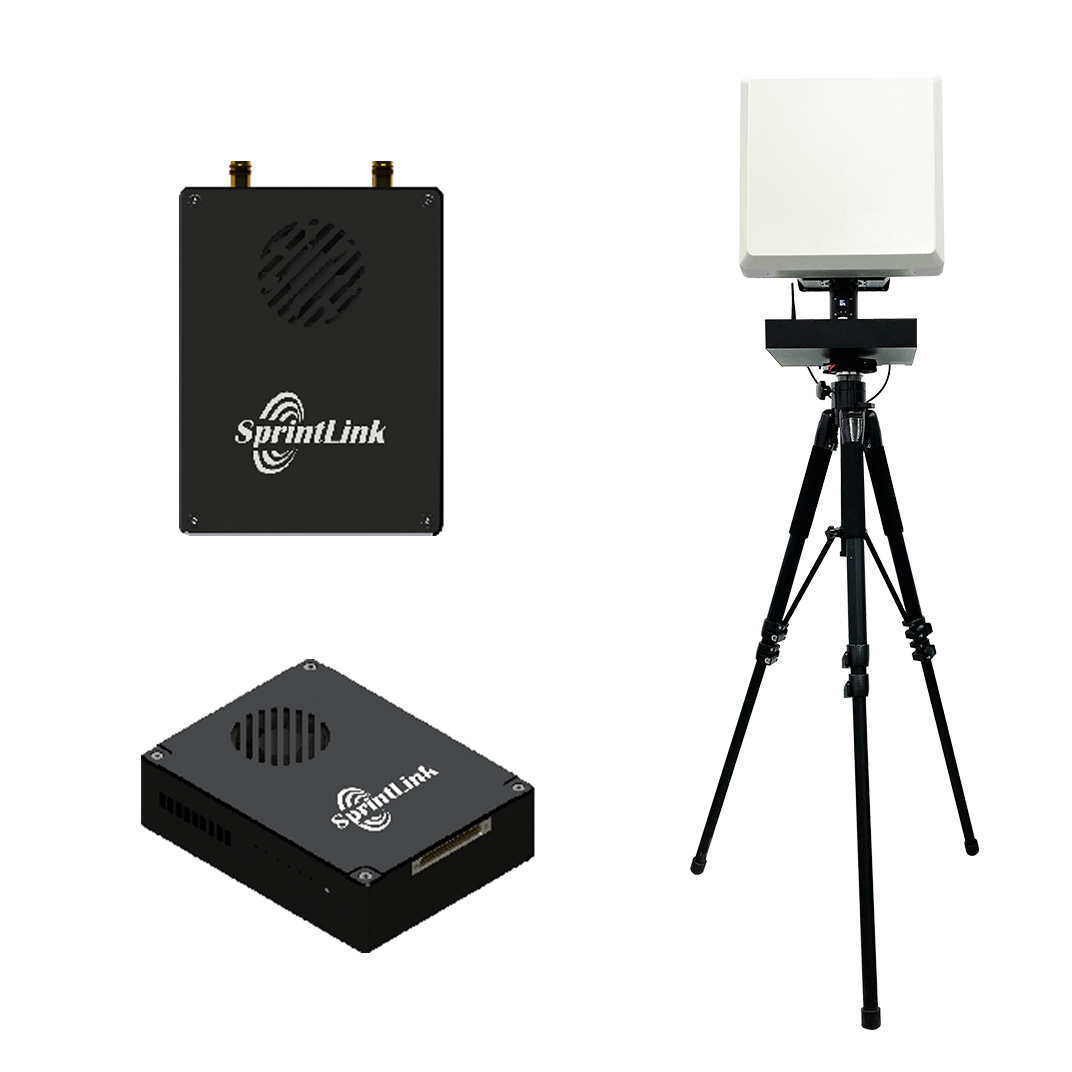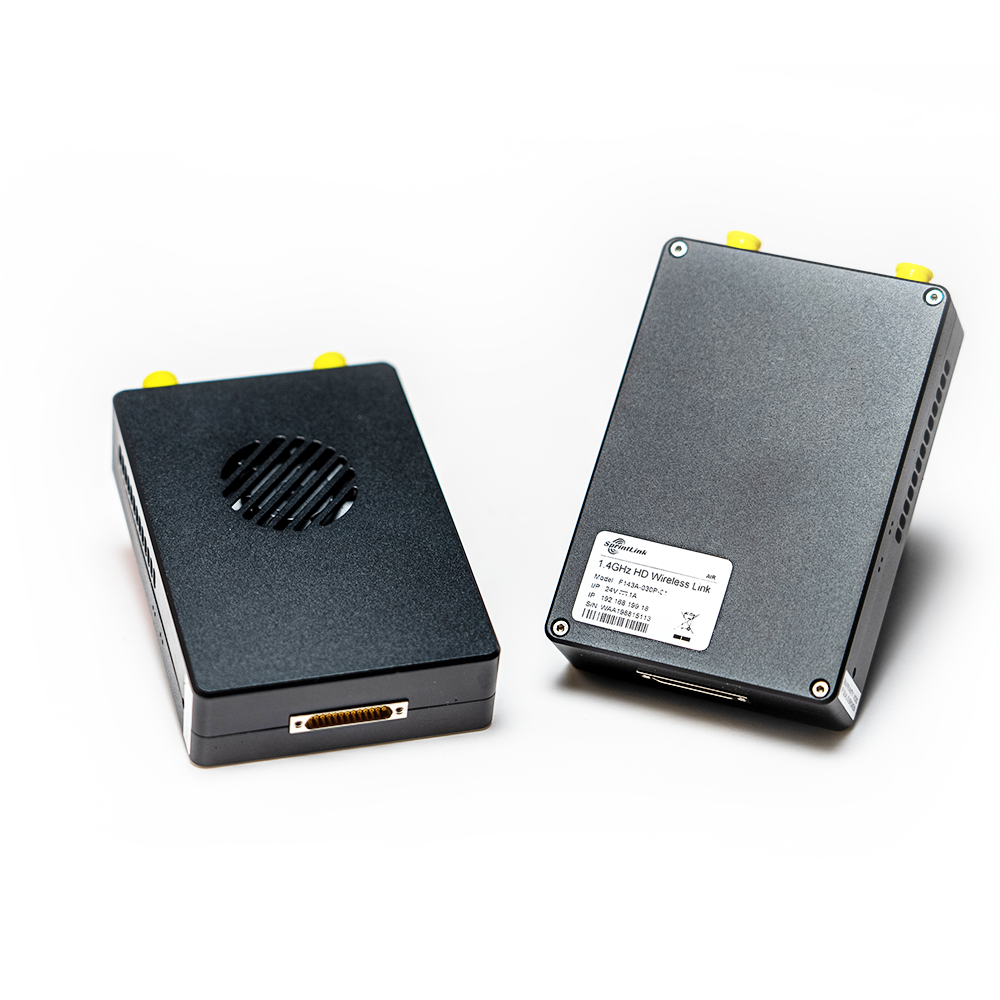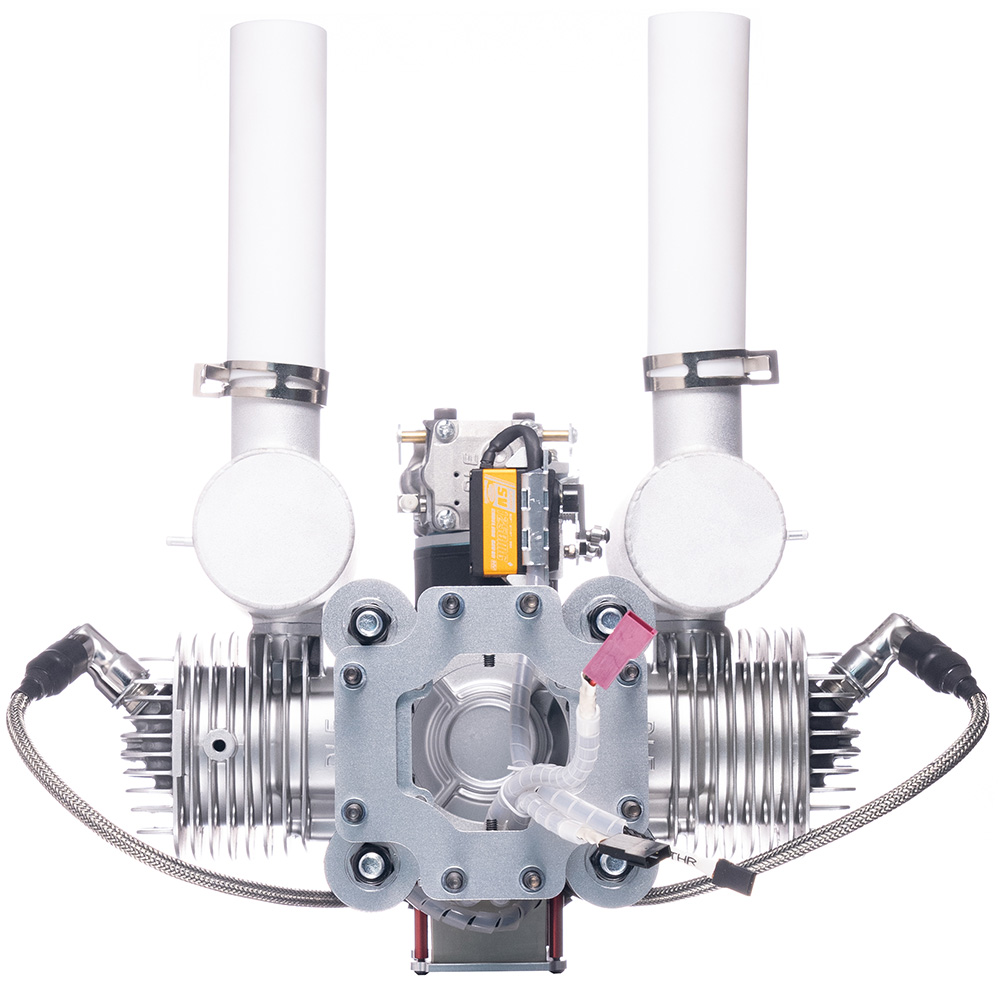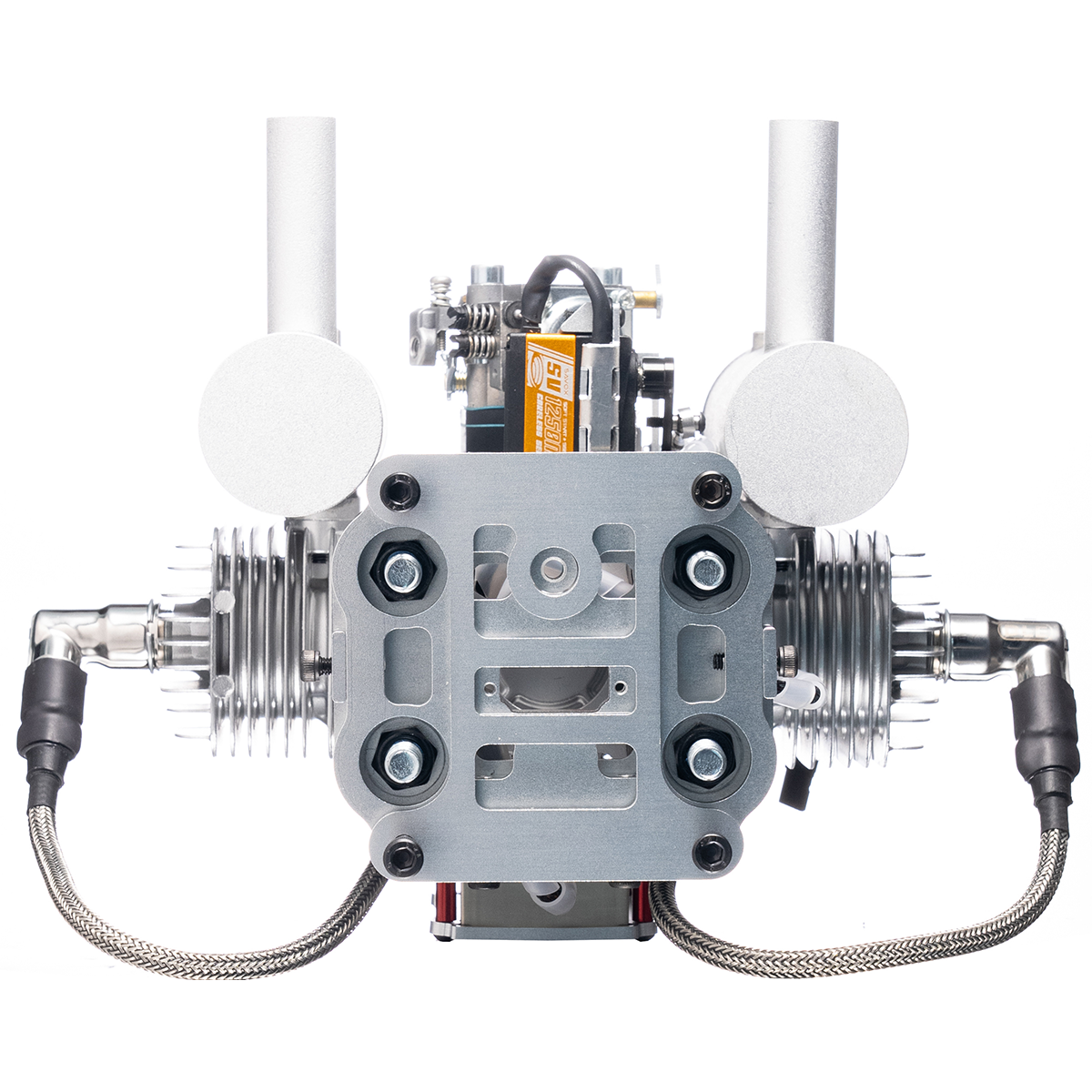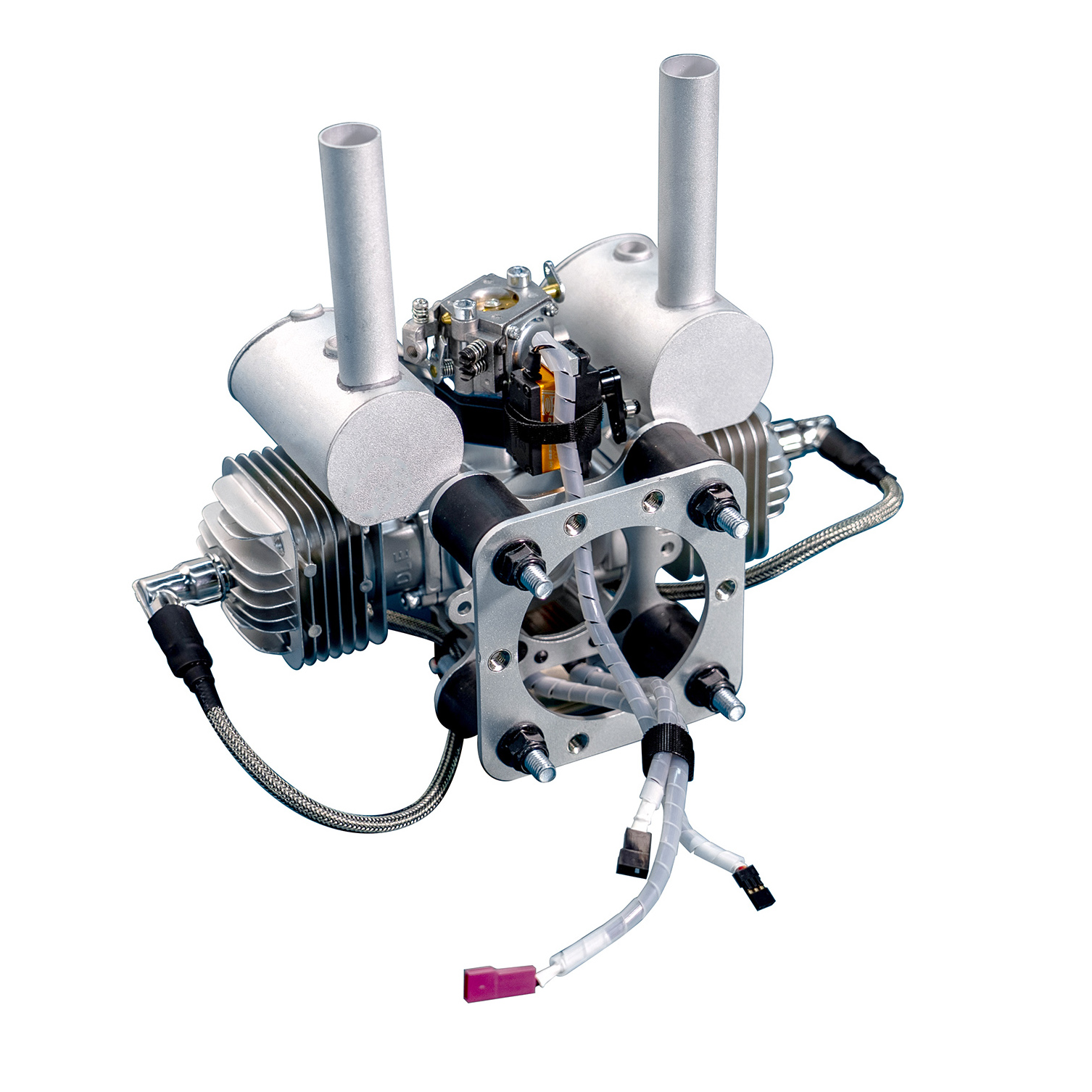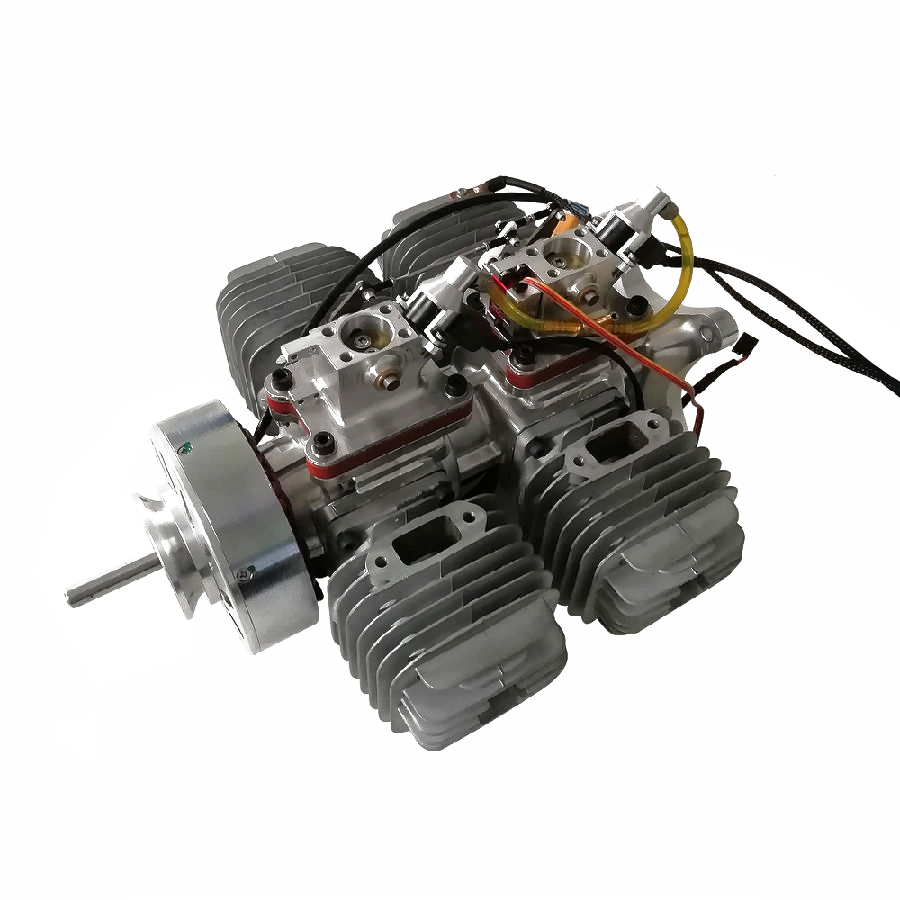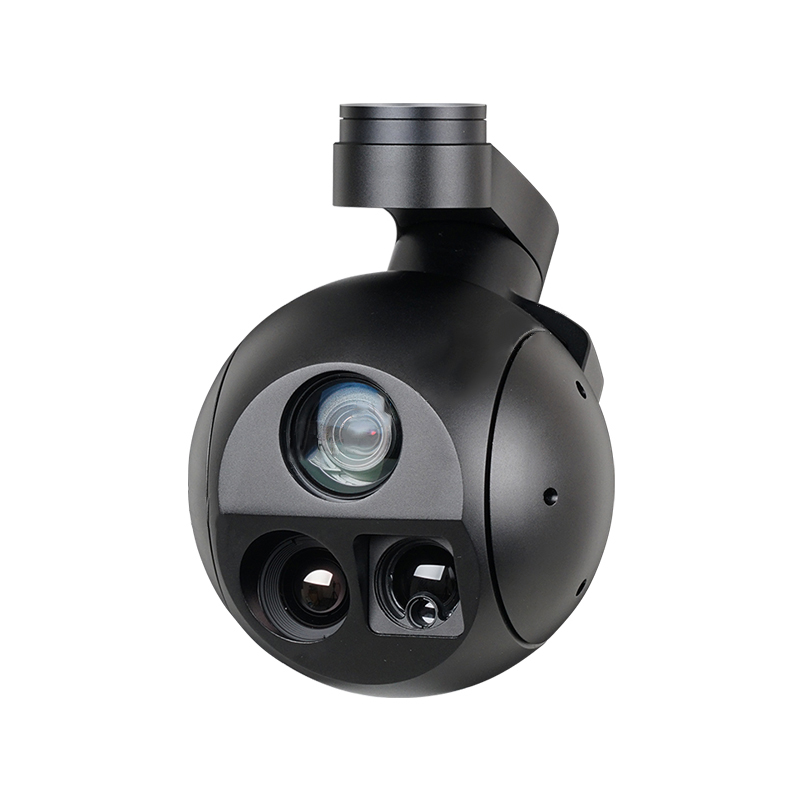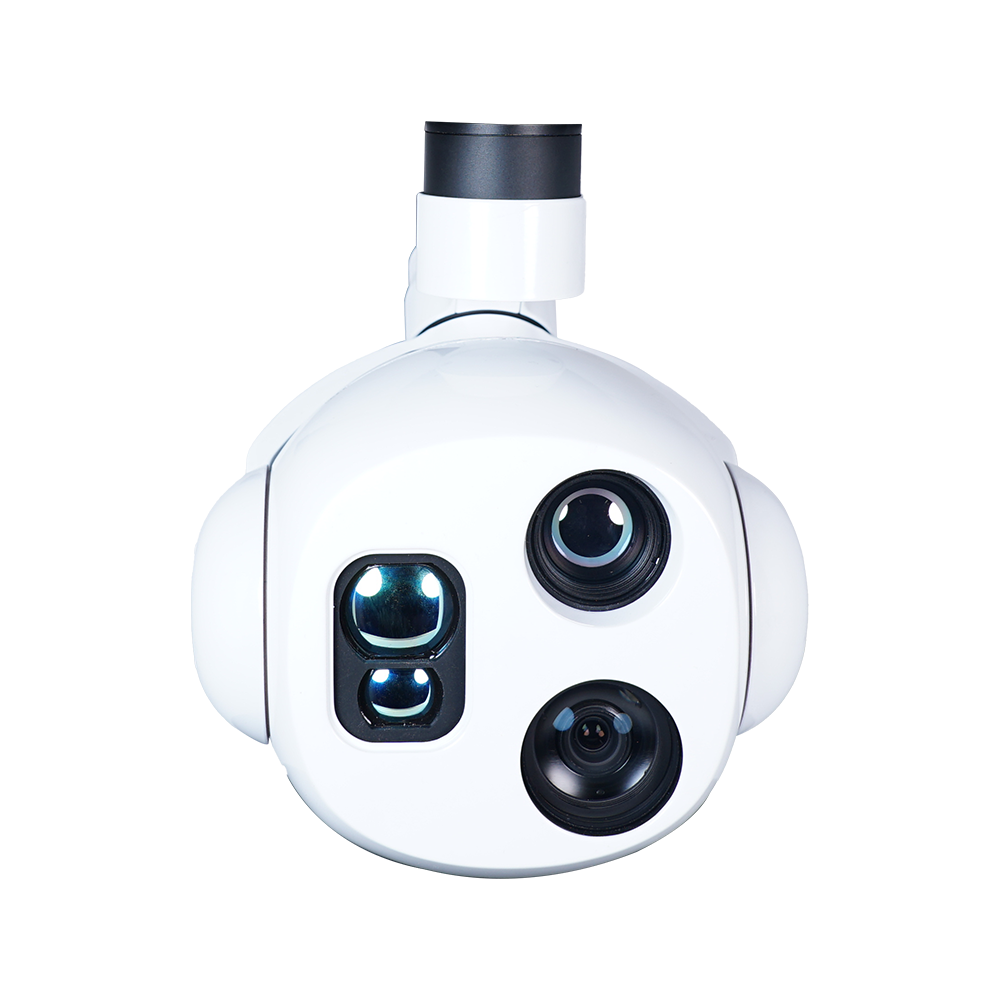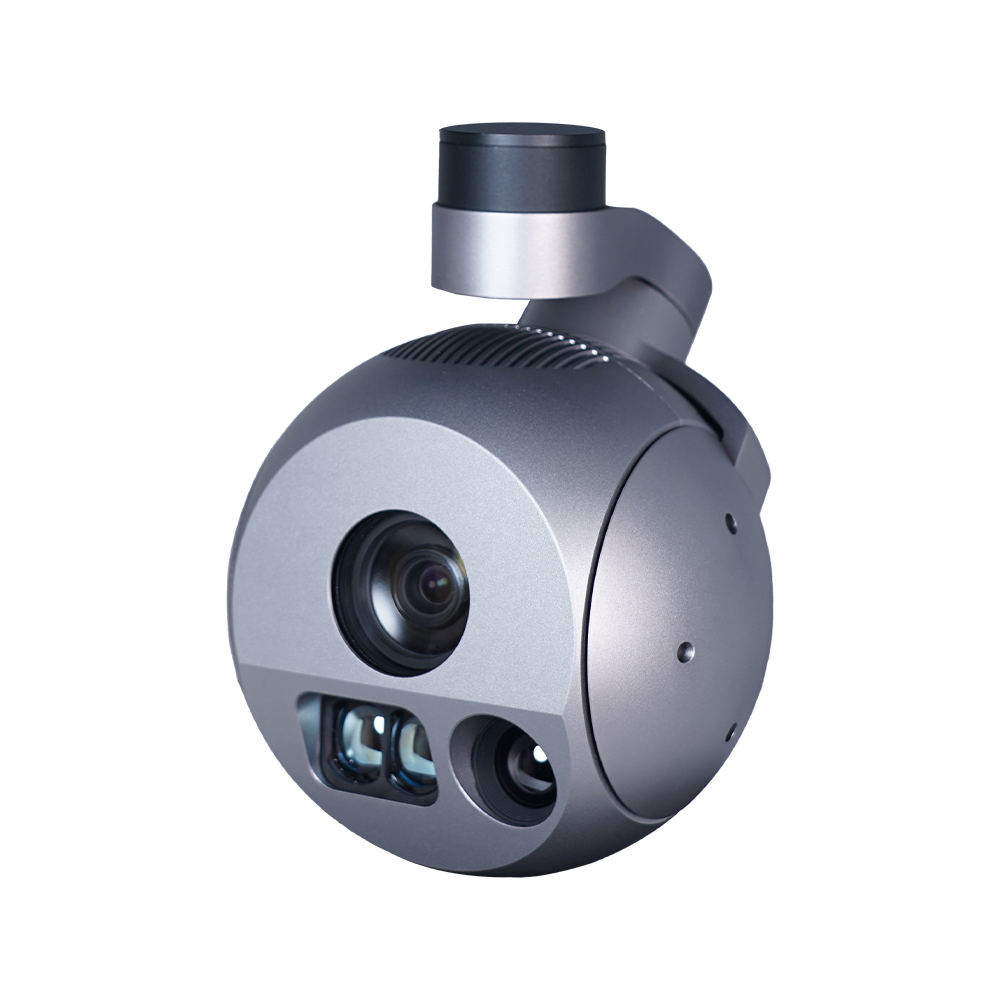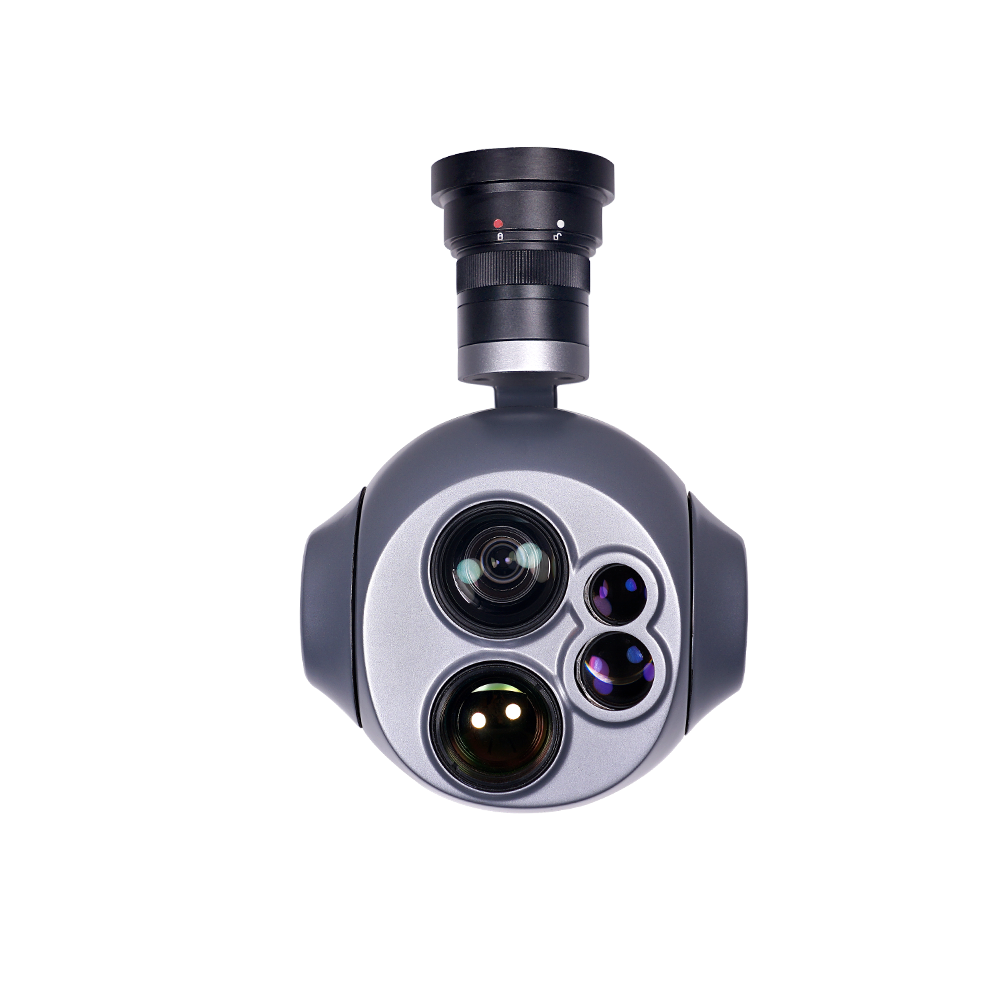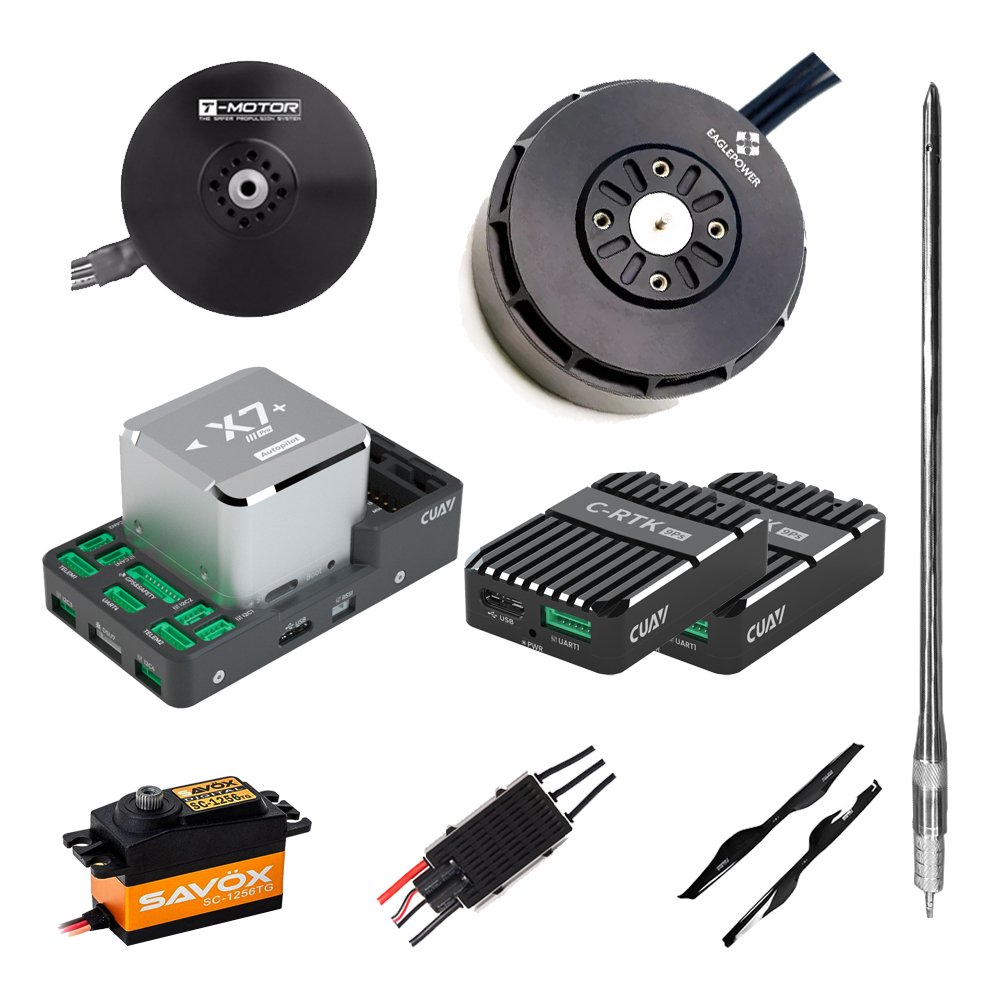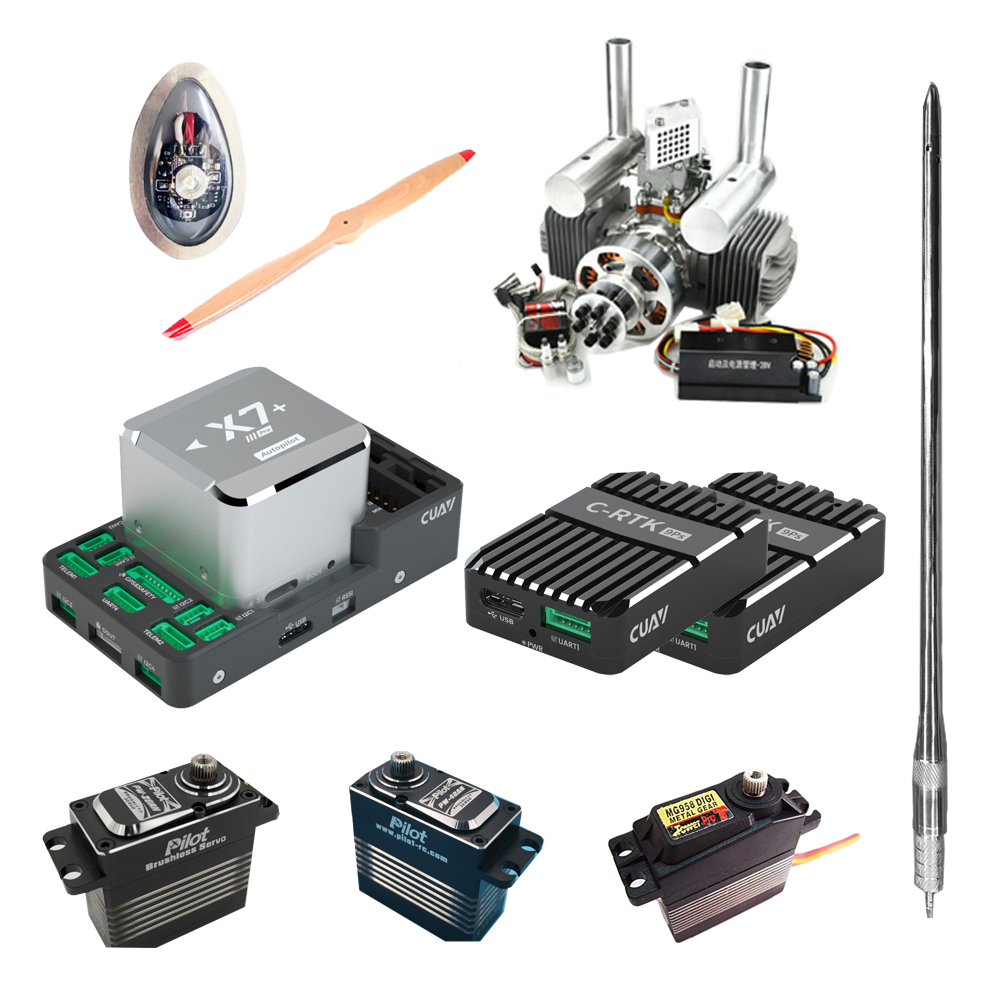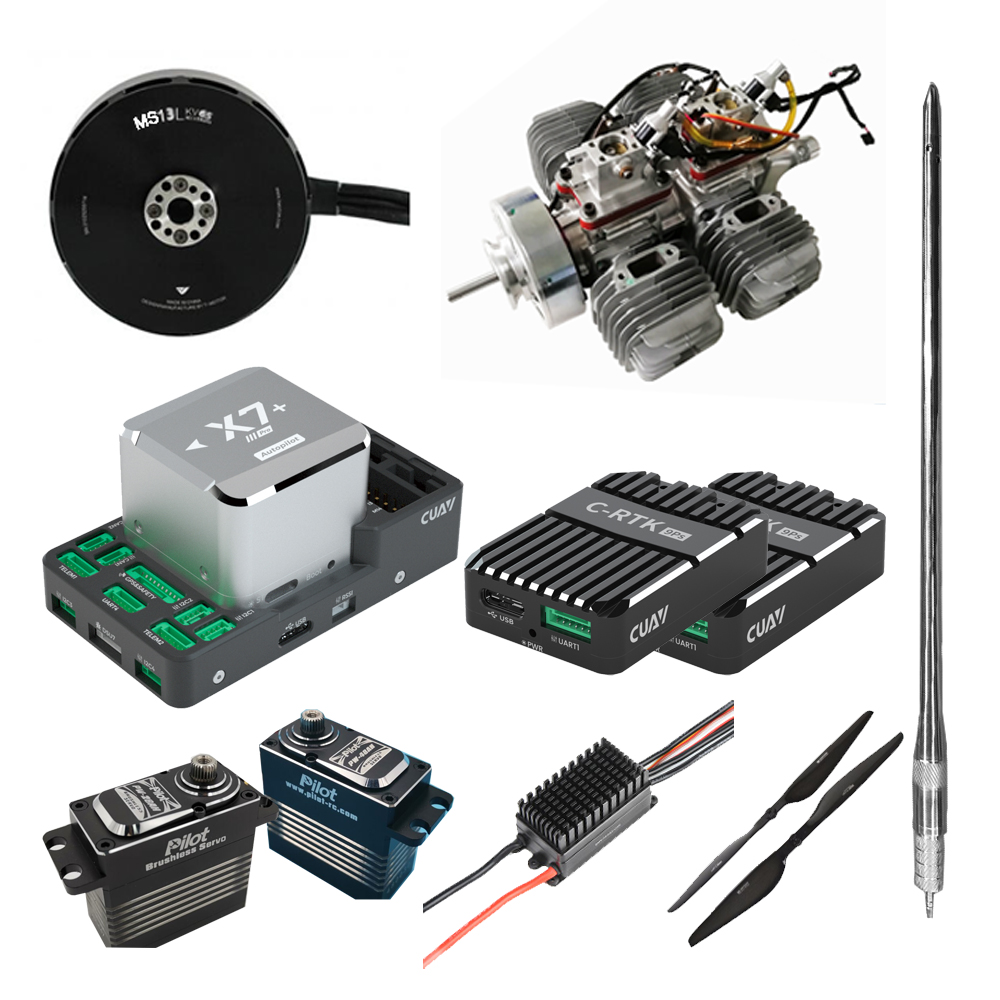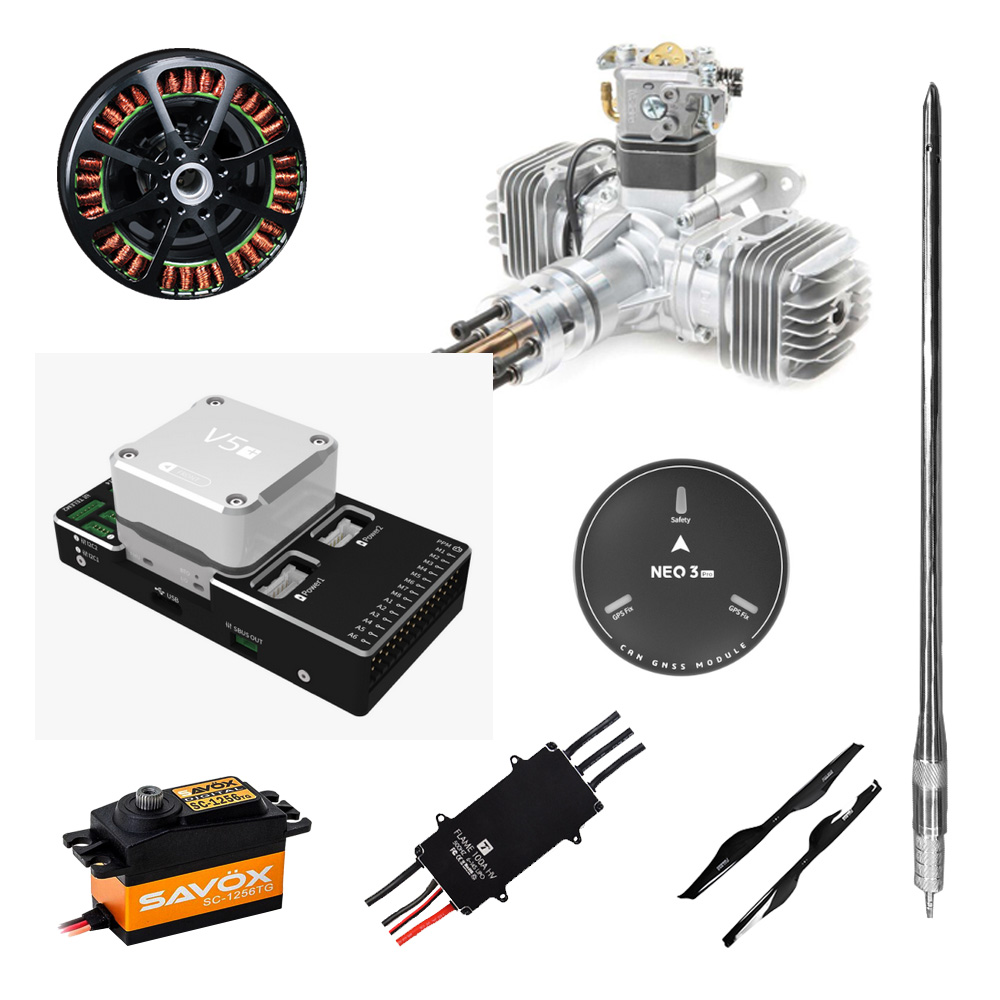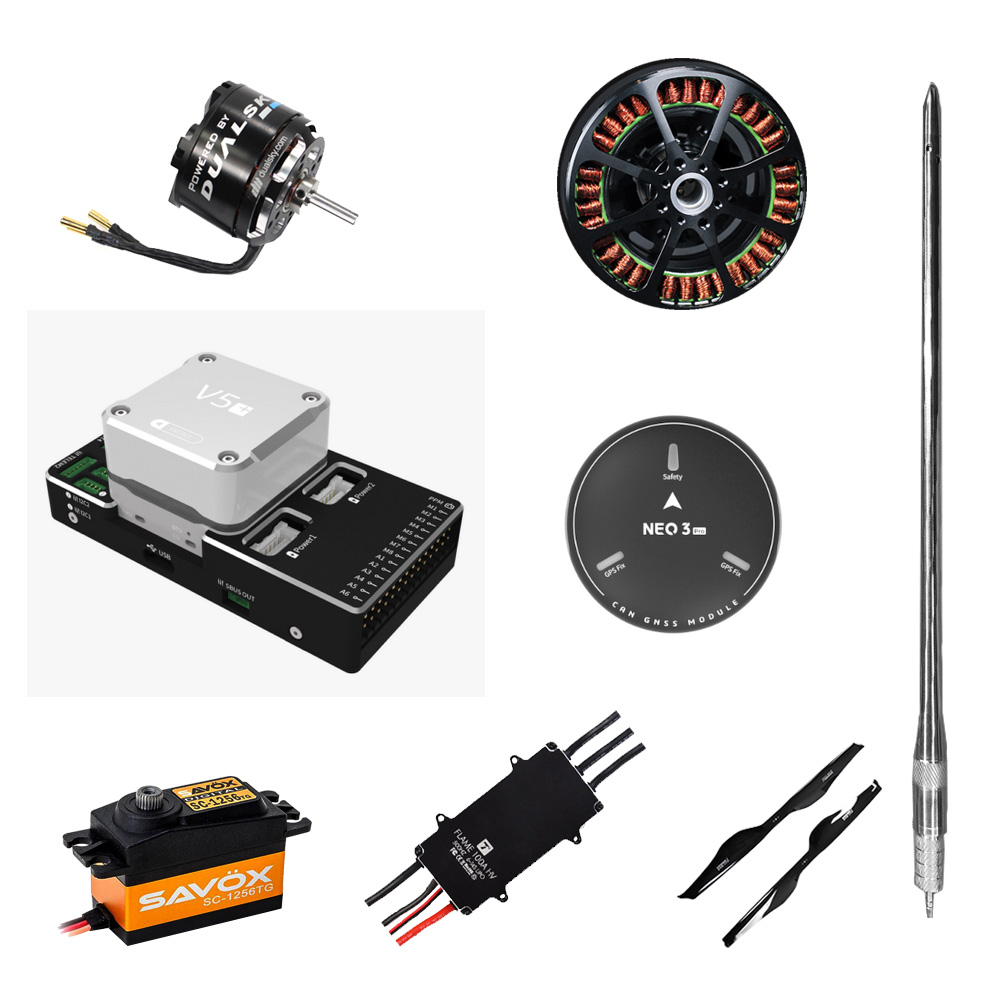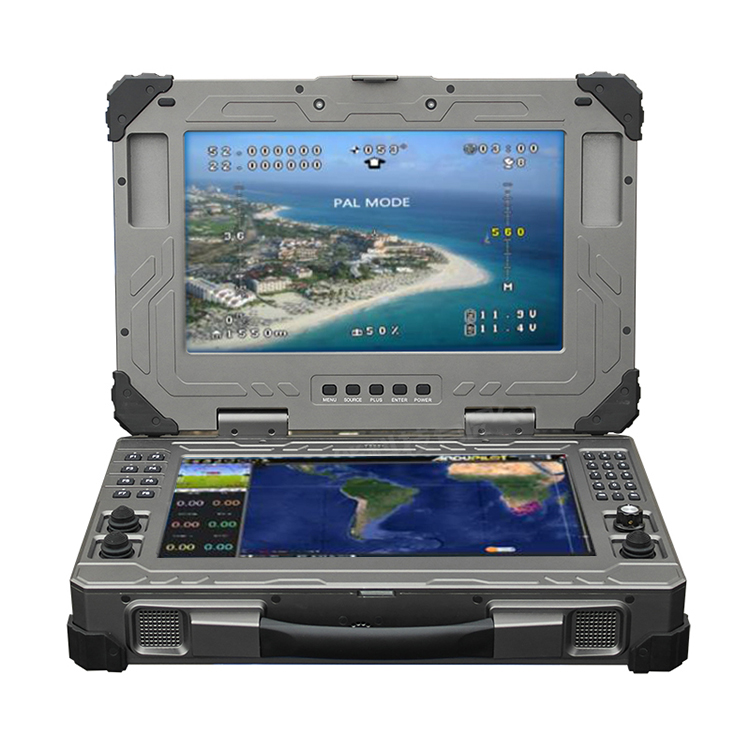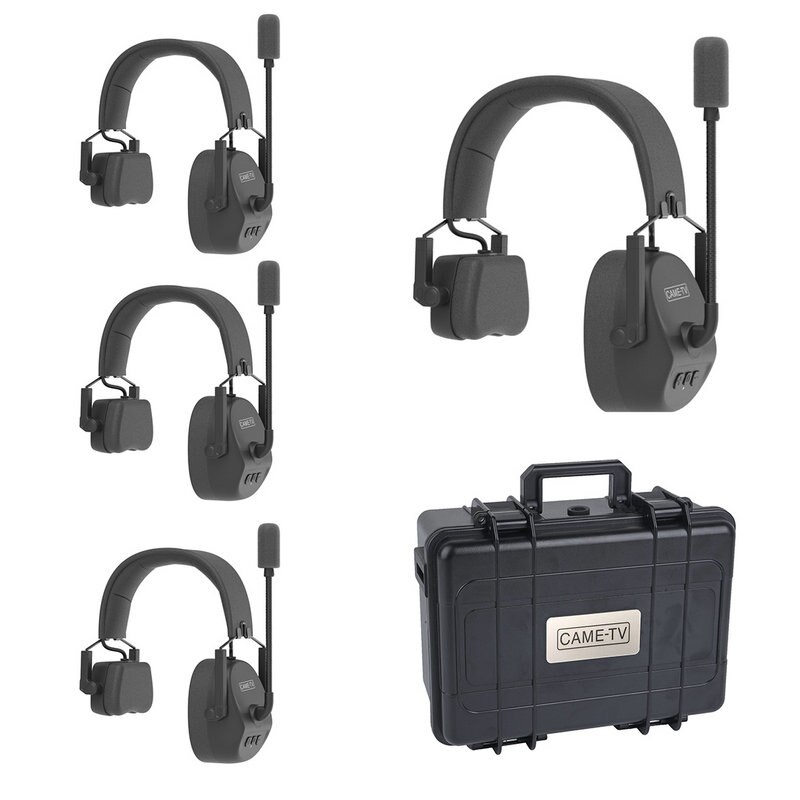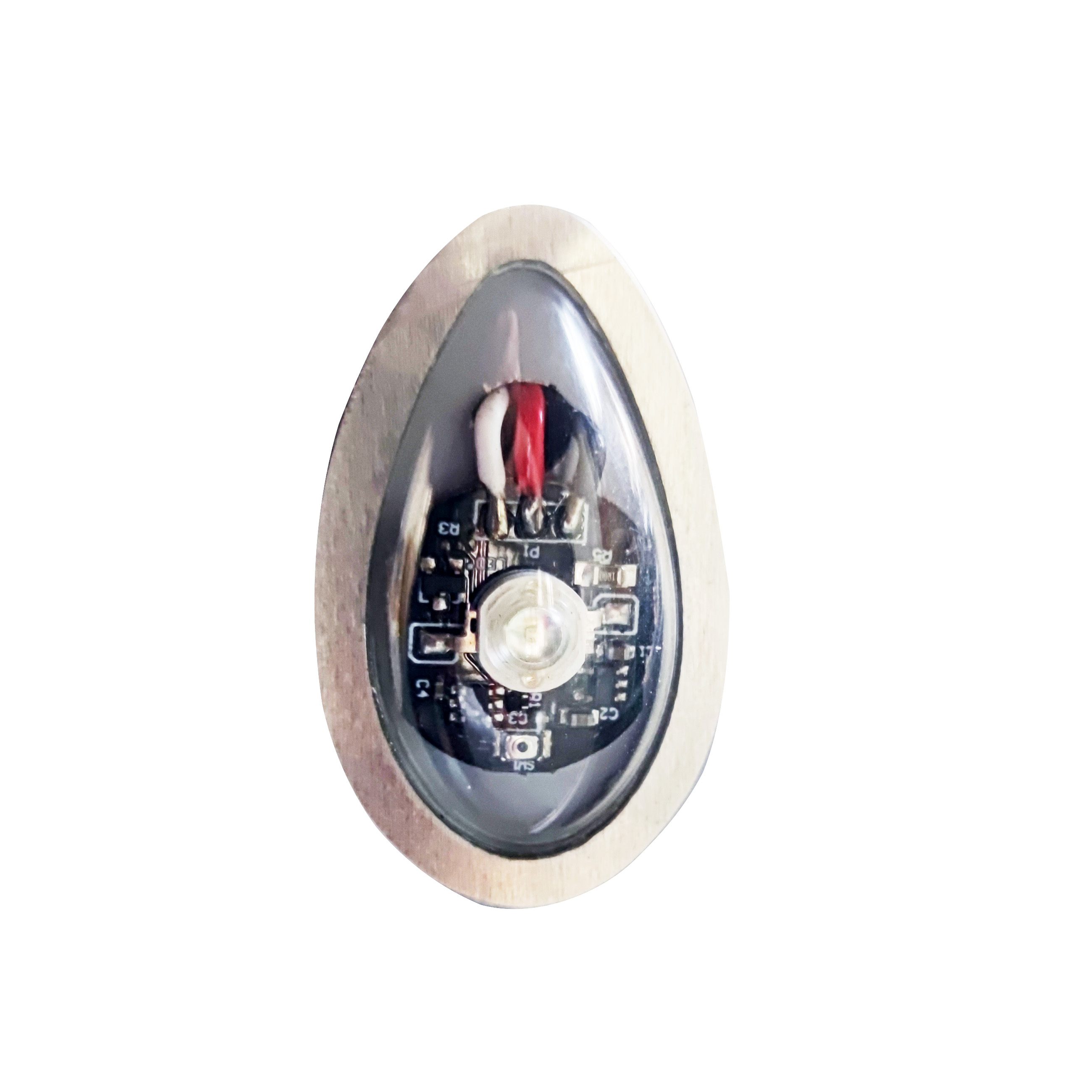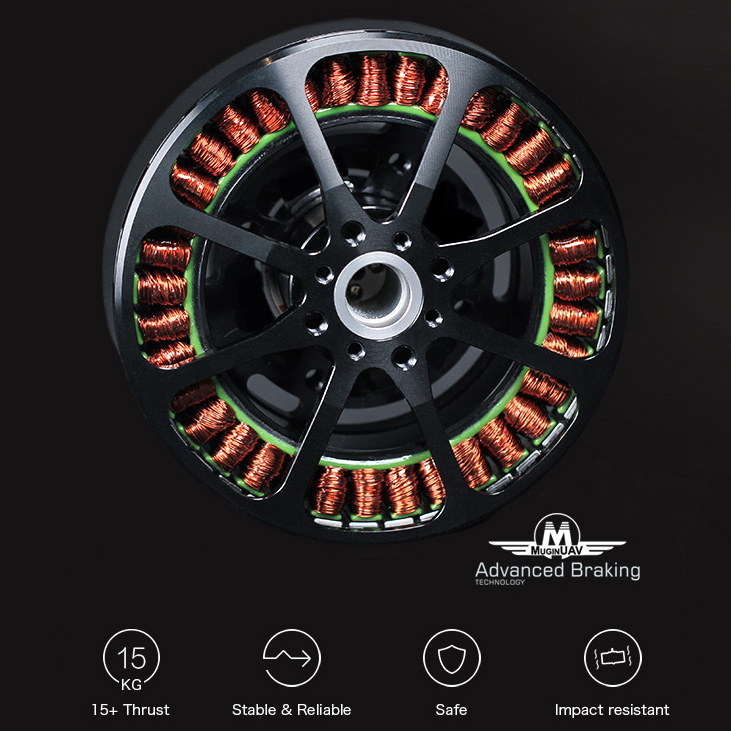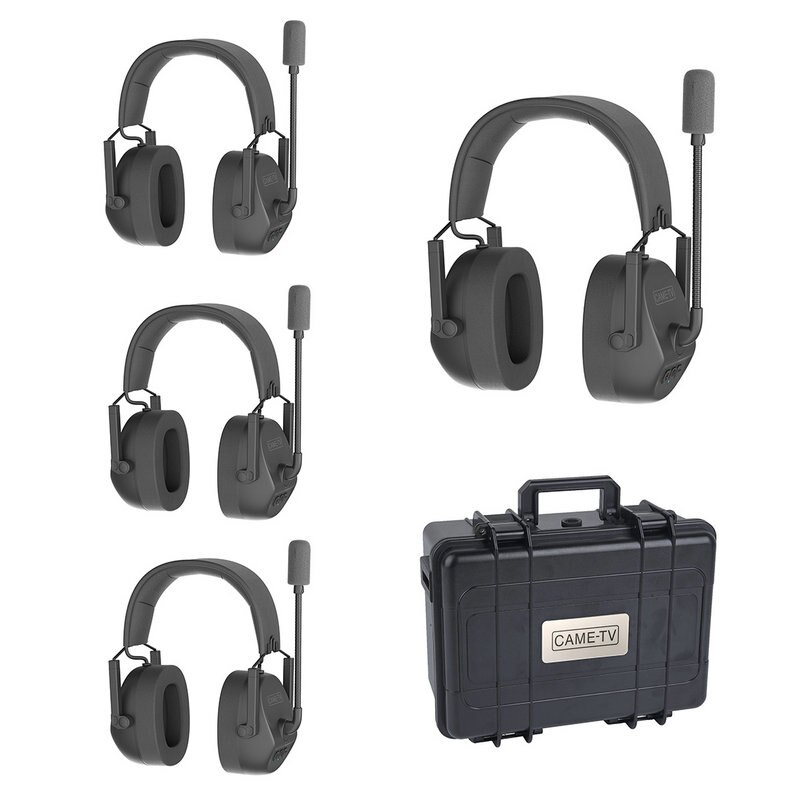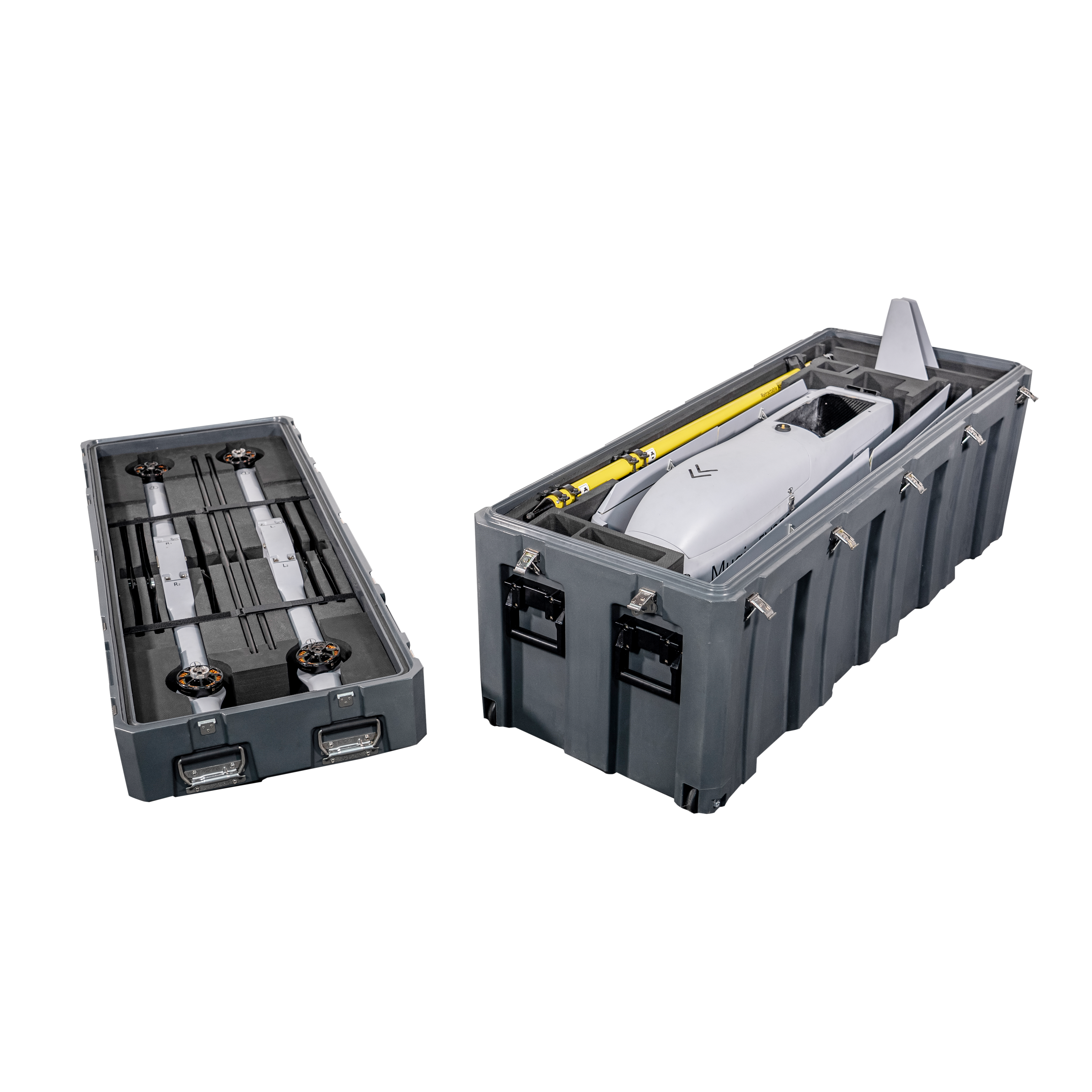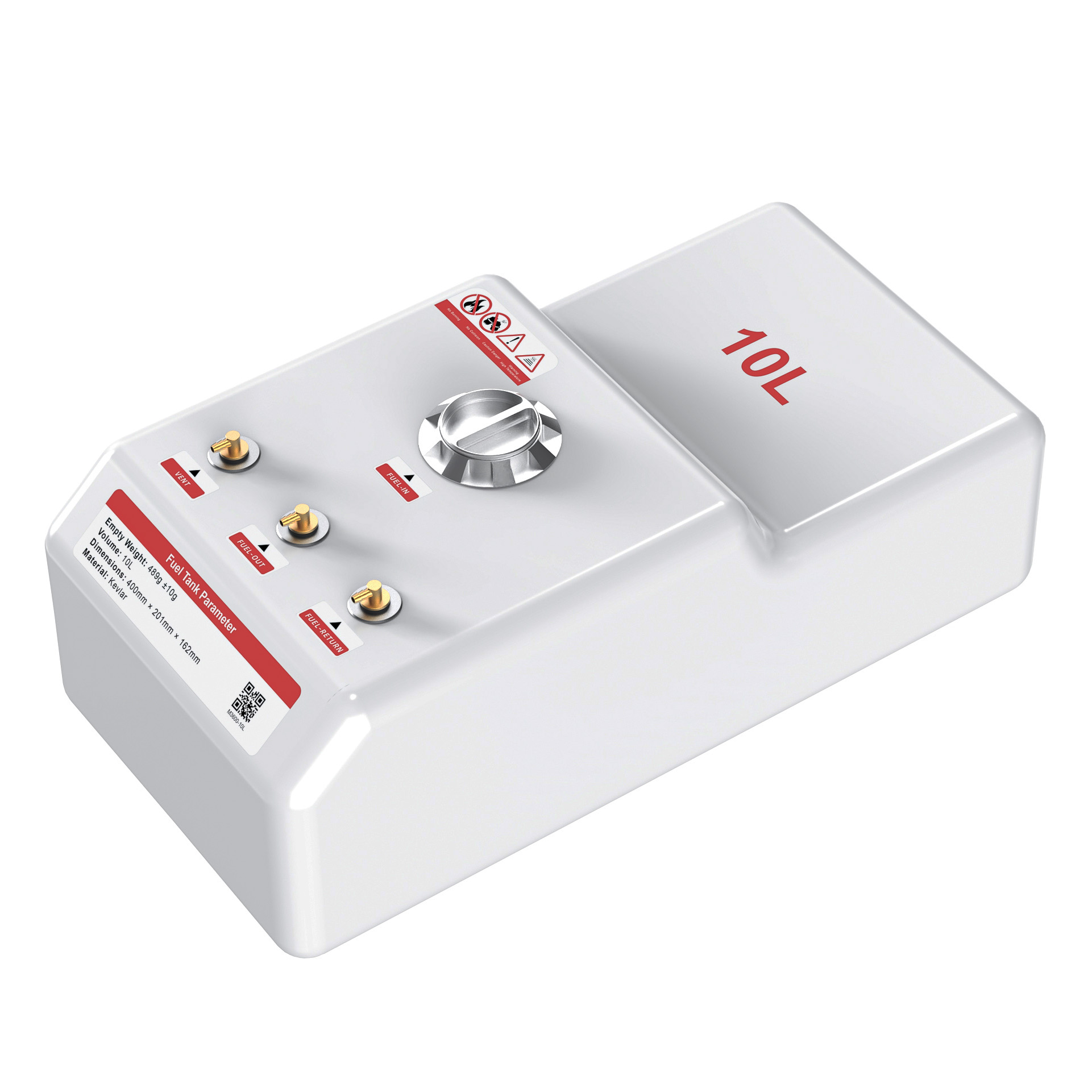China is committed to maintaining global security and regional stability, and opposes the use of civilian drones for military purposes. The Chinese Ministry of Commerce confirmed export controls on drone-related equipment, including some special engines and radio communication devices of UAVs. It also imposed export controls on some consumer-grade UAVs that will be in effect for two years. The export control measures will be effective from September 1, 2023.
July 31st, 2023
Chinese Ministry of Commerce
General Administration of Customs
State Administration for Science, Technology, and Industry for National Defense
Equipment Development Department of the Central Military Commission
Announcement No. 28 of 2023
Notice on Implementing Temporary Export Controls on Certain Unmanned Aerial Vehicles (UAV)
According to the relevant provisions of the Export Control Law of the People’s Republic of China, the Foreign Trade Law of the People’s Republic of China, and the Customs Law of the People’s Republic of China, in order to safeguard national security and interests, and with the approval of the State Council and the Central Military Commission, it has been decided to impose temporary export control on specific unmanned aerial vehicles. The relevant matters are hereby announced as follows:
1. Unmanned aerial vehicles that have not reached the existing control criteria but have met the following criteria (refer to customs commodity numbers: 8806100010, 8806221011, 8806229010, 8806231011, 8806239010, 8806241011, 8806249010, 8806291011, 8806299010, 8806921011, 8806929010, 8806931011, 8806939010, 8806941011, 8806949010, 8806990010) may not be exported without permission:
Unmanned aerial vehicles capable of controlled flight beyond the operator’s natural line of sight, with a maximum endurance of 30 minutes or more, and a maximum takeoff weight exceeding 7 kilograms (kg) or an empty weight exceeding 4 kilograms (kg). Additionally, these UAVs should possess any of the following characteristics:
1.1 Onboard radio equipment with a power exceeding the power limit value of internationally approved civil radio products.
1.2 Carrying a payload with a drop function or a self-contained dropping device.
1.3 Equipped with a hyperspectral camera or a multispectral camera supporting wavelengths beyond 560 nanometers (nm), 650 nm, 730 nm, and 860 nm.
1.4 Equipped with an infrared camera noise equivalent temperature difference (NETD) less than 40 milliKelvin (mK).
1.5 Carrying a laser rangefinder module that meets any of the following requirements:
- 1.5.1 The carried laser rangefinder module belongs to Class 3R, Class 3B, or Class 4 laser products specified in GB7247.1-2012.
- 1.5.2 The carried laser rangefinder module belongs to Class 1 laser products specified in GB7247.1-2012, with an accessible emission limit (AEL) greater than or equal to 263.89 nanojoules (nJ) and a reference aperture greater than 22 millimeters (mm). The maximum emission power of the laser pulse within 5 nanoseconds is greater than 52.78 watts (W).
- 1.5.3 The carried laser rangefinder module belongs to Class 1M laser products specified in GB7247.1-2012, with an accessible emission limit (AEL) greater than or equal to 339.03 nanojoules (nJ) and a reference aperture greater than 19 millimeters (mm). The maximum emission power of the laser pulse within 5 nanoseconds is greater than 67.81 watts (W).
1.6 Capable of supporting uncertified payloads.
“Existing control criteria” refers to the technical specifications specified in Announcement No. 20 of 2015 (Announcement on the Temporary Export Control of Dual-Use Unmanned Aerial Vehicles) jointly issued by the Ministry of Commerce, General Administration of Customs, State Administration for Science, Technology, and Industry for National Defense, and the Equipment Development Department of the Central Military Commission, as well as the technical specifications specified in Announcement No. 31 of 2015 (Announcement on Strengthening the Export Control of Some Dual-Use Items) jointly issued by the Ministry of Commerce and the General Administration of Customs. Export of UAVs that meet these criteria requires obtaining an export license in accordance with the requirements of the above-mentioned announcements.
2. During the temporary control period, no export of all unmanned aerial vehicles that do not meet the existing control criteria and the criteria set in Article 1, and are known or should be known to be used for the proliferation of mass destruction weapons, terrorist activities, or military purposes shall be permitted.
3. Exporters shall go through the export license procedures in accordance with the relevant regulations, submit an application to the provincial competent department of commerce, fill in the application form for the export of dual-use items and technologies, and submit the following documents:
- 3.1 The original or consistent copies or scanned copies of the export contract or agreement.
- 3.2 Technical descriptions or inspection reports of the items to be exported.
- 3.3 End-user and end-use certificates.
- 3.4 Introductions of importers and end-users.
- 3.5 Identification documents of the legal representative, main management personnel, and handling personnel of the applicant.
4. The Ministry of Commerce shall conduct reviews upon receiving the export application documents, or conduct reviews in conjunction with relevant departments, and make decisions to grant or deny permission within the prescribed time limit.
For the export of items listed in this announcement that have a significant impact on national security, the Ministry of Commerce shall report to the State Council for approval.
5. If the review is approved, the Ministry of Commerce will issue a license for the export of dual-use items and technologies.
6. The application and issuance procedures for the export license, handling of special circumstances, and retention period of documents shall be implemented in accordance with the relevant provisions of the Decree No. 29 of 2005 (Measures for the Administration of Dual-Use Items and Technologies Import and Export Licenses) of the Ministry of Commerce and the General Administration of Customs.
7. Exporters shall present the export license to the customs, go through the customs procedures in accordance with the provisions of the Customs Law of the People’s Republic of China, and accept customs supervision. Customs shall process the customs clearance procedures based on the export license issued by the Ministry of Commerce.
8. If exporters export items without permission, exceed the scope of permission, or engage in other illegal activities, the Ministry of Commerce or other relevant departments shall impose administrative penalties in accordance with relevant laws and regulations. If the offense constitutes a crime, criminal responsibility shall be pursued according to law.
9. This announcement shall be officially implemented from September 1, 2023. The implementation period of temporary control shall not exceed two years.

